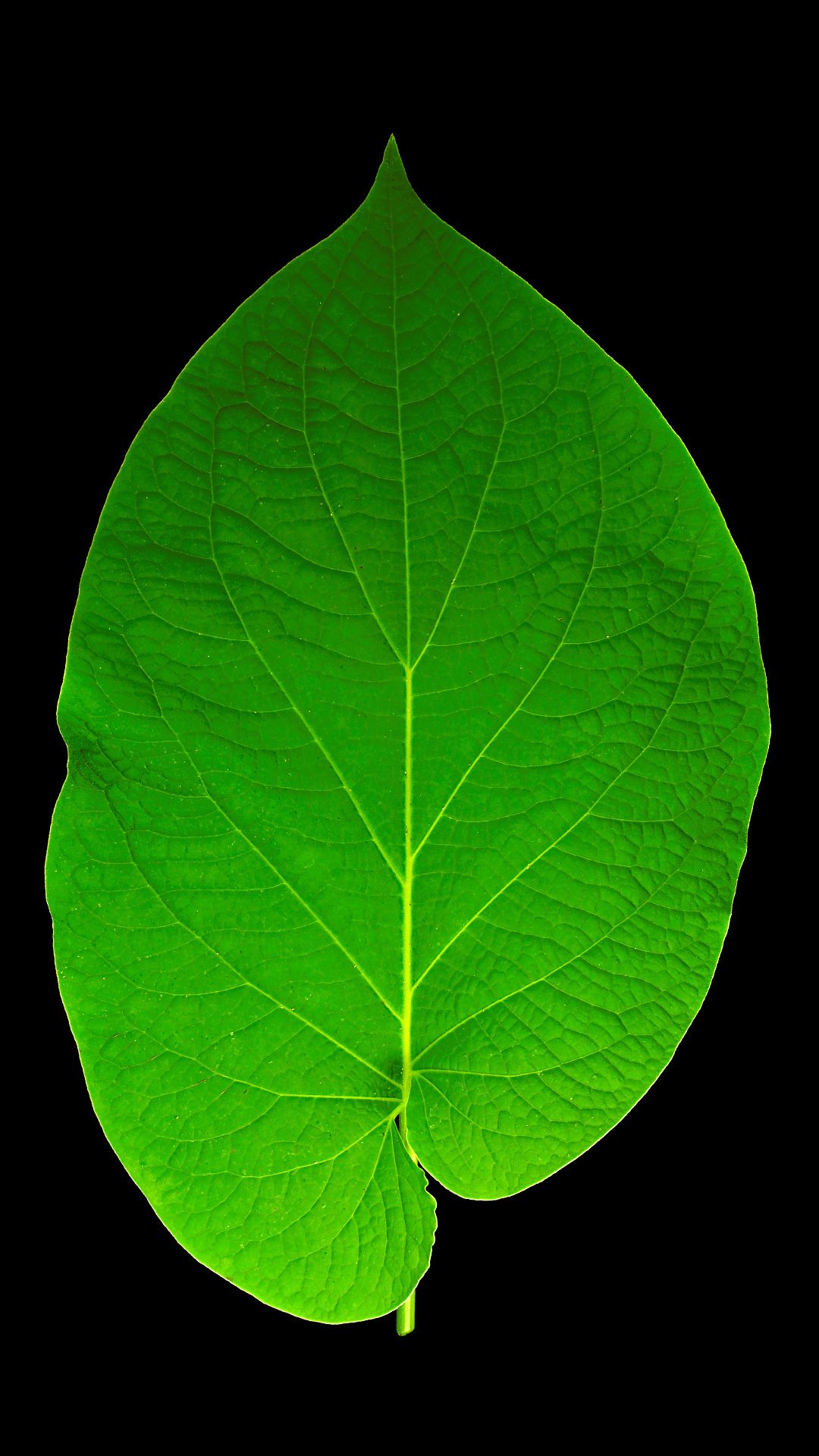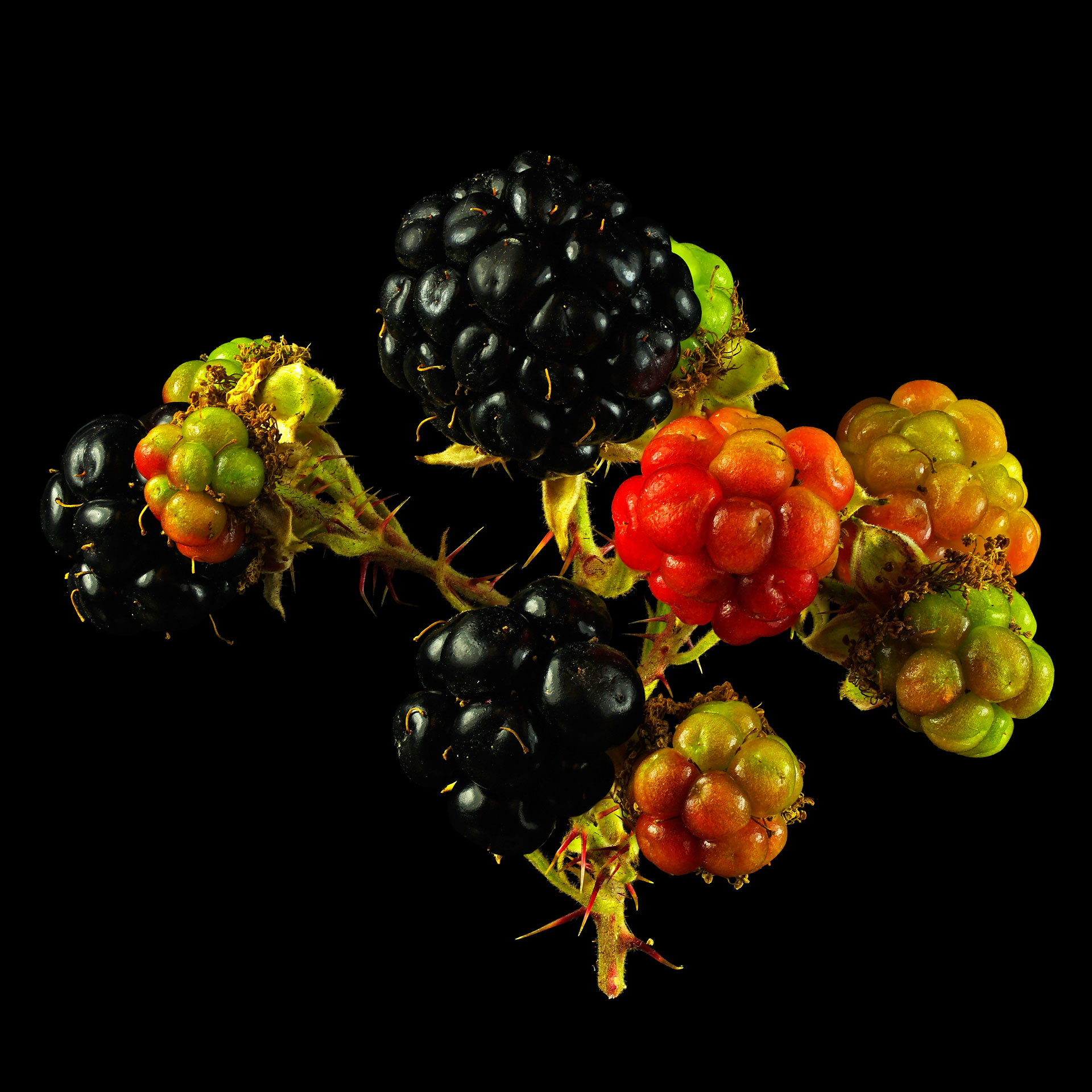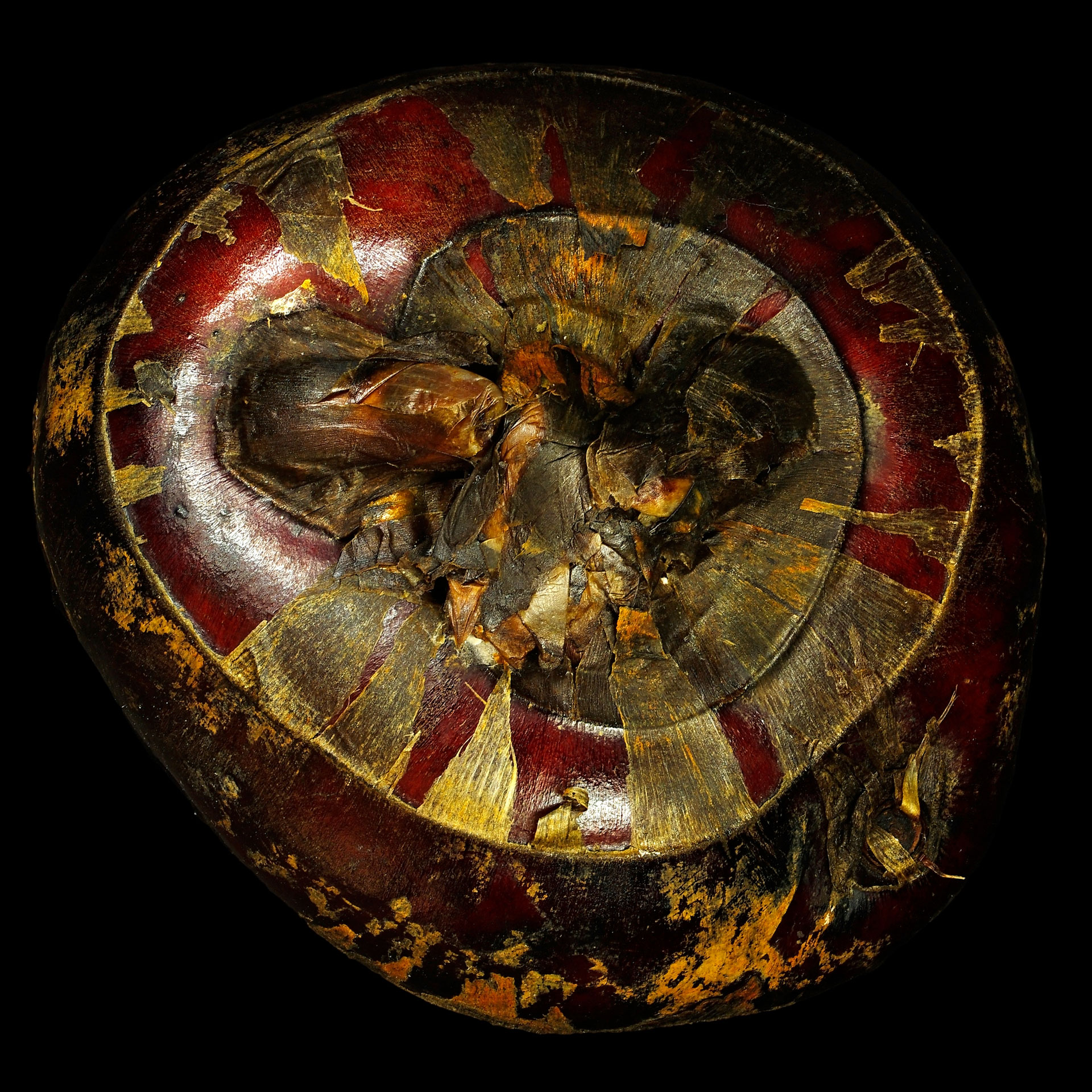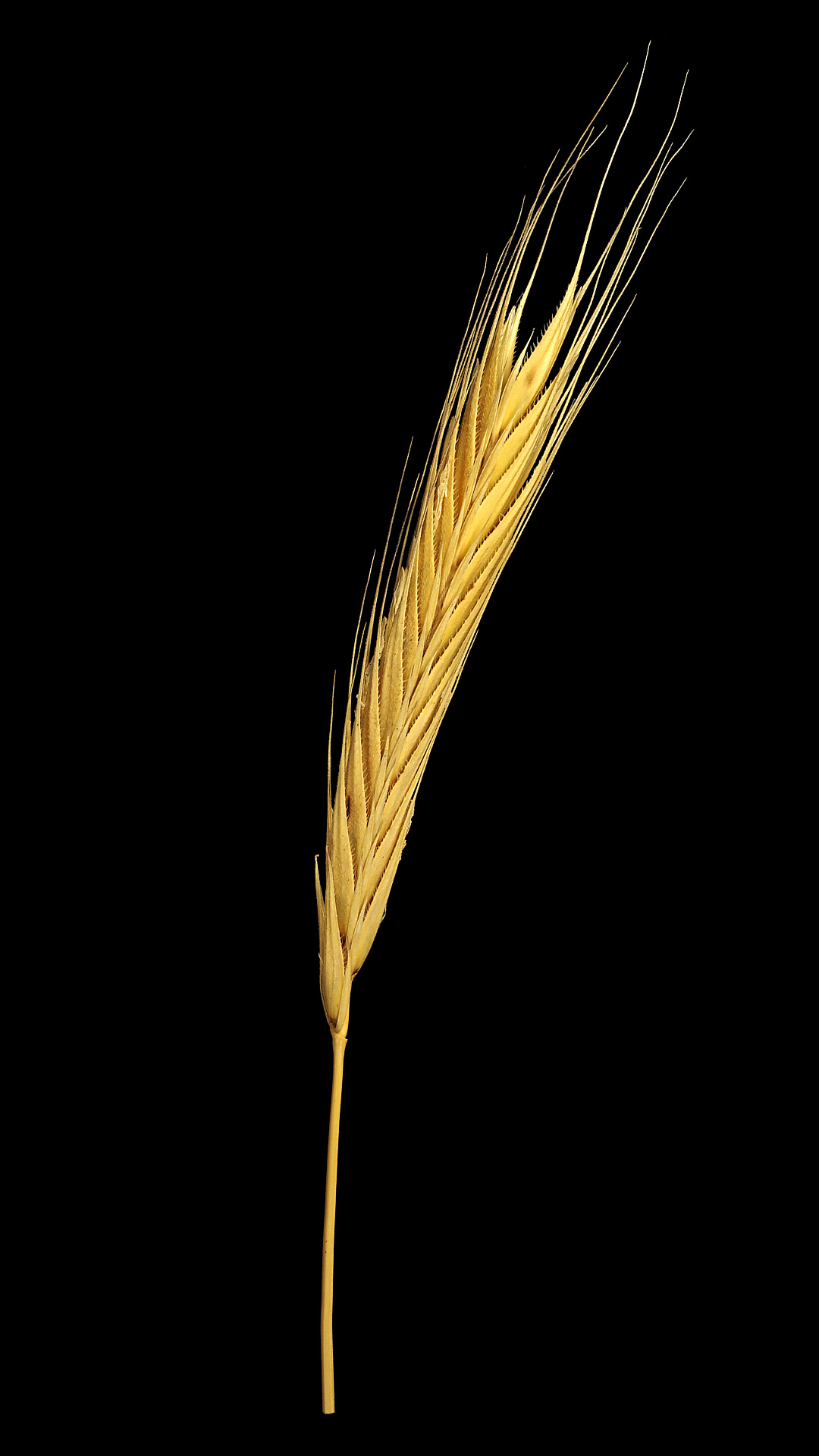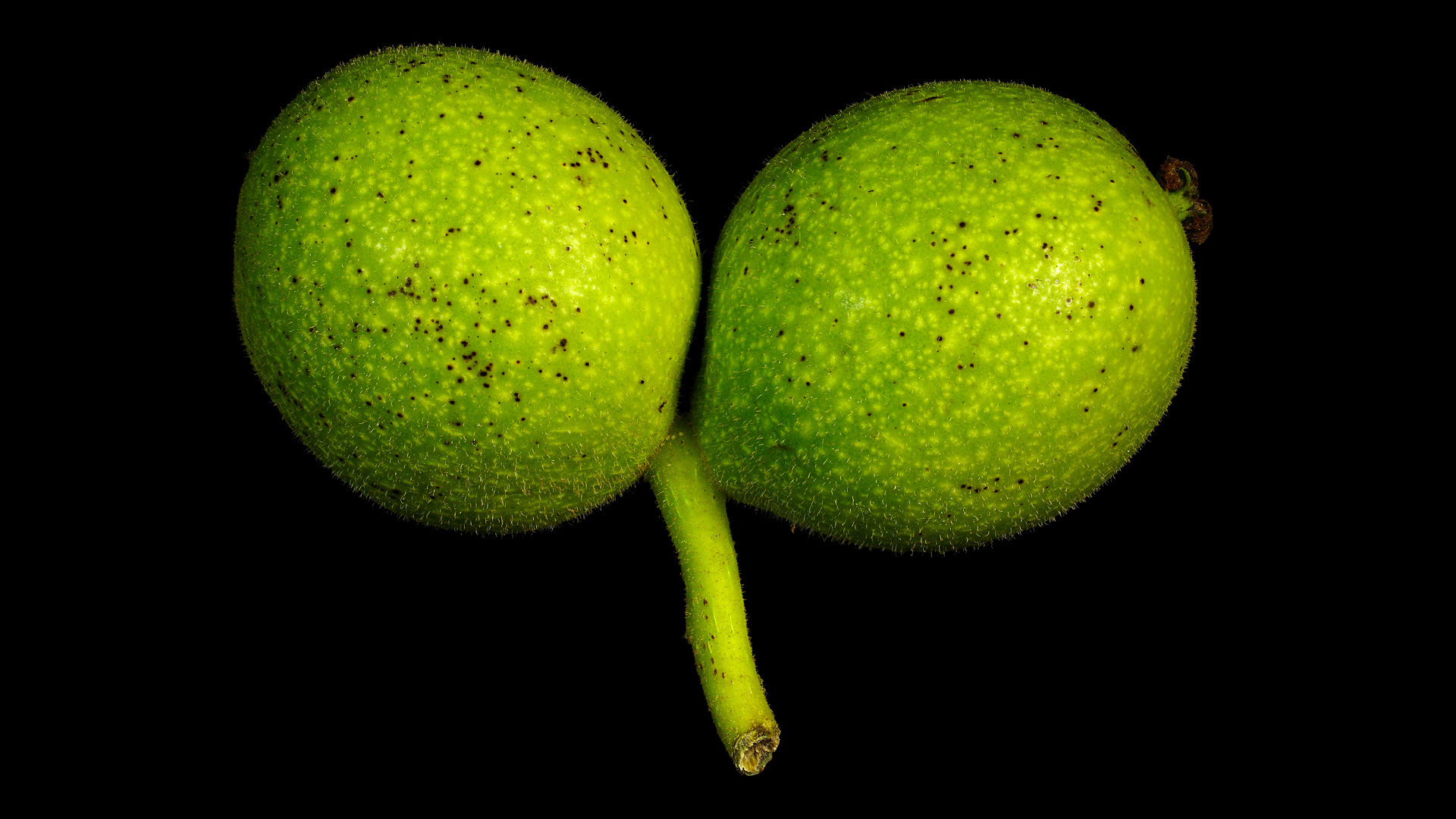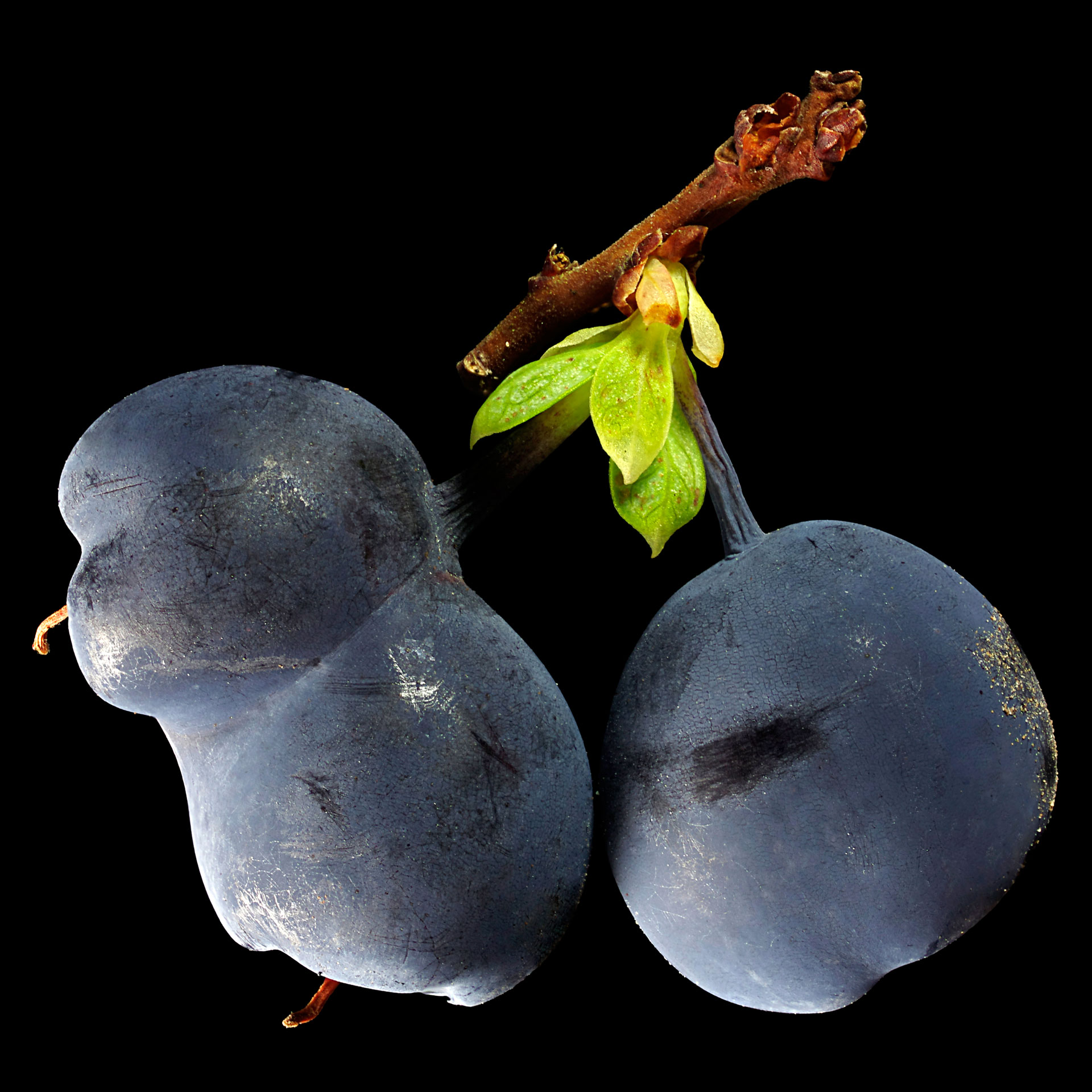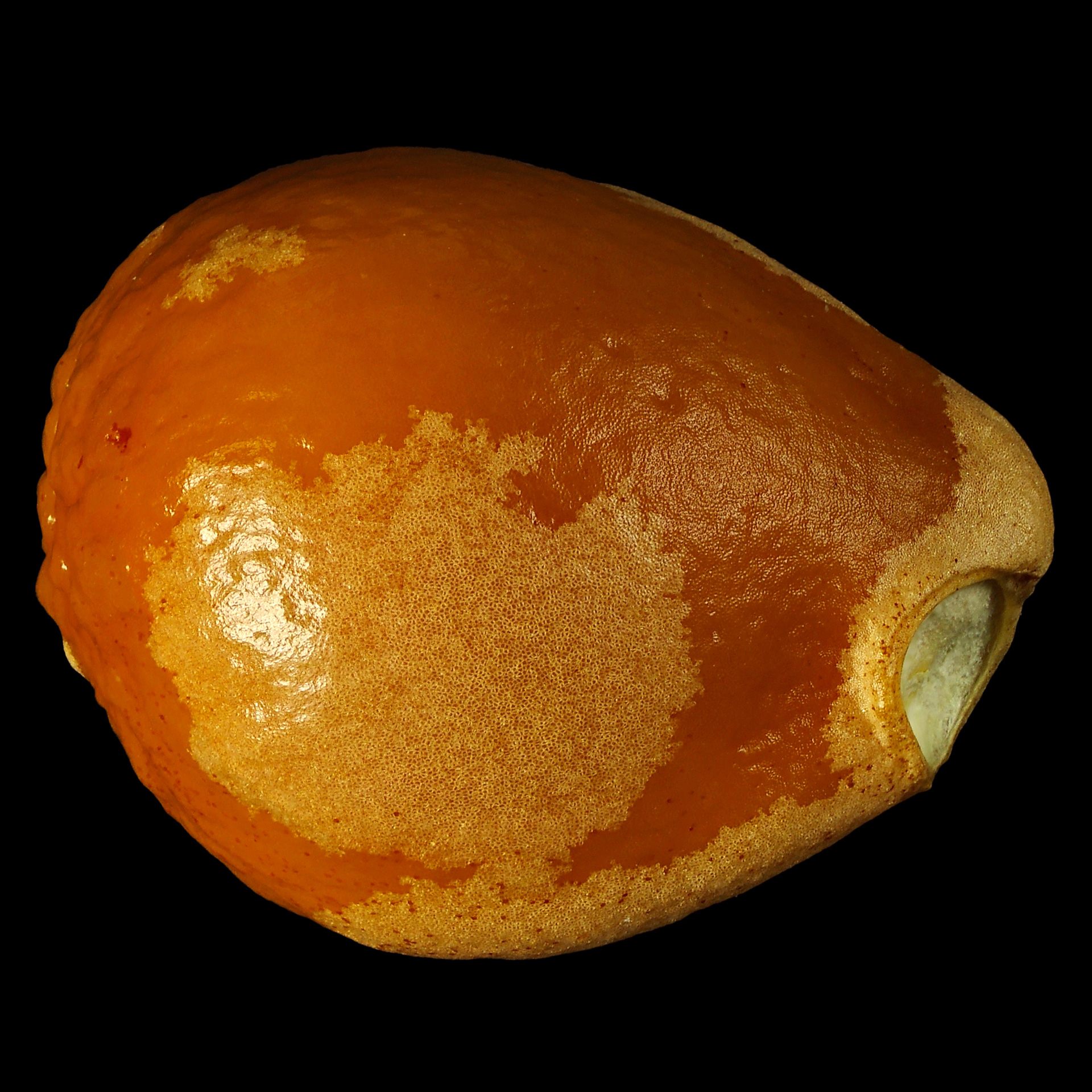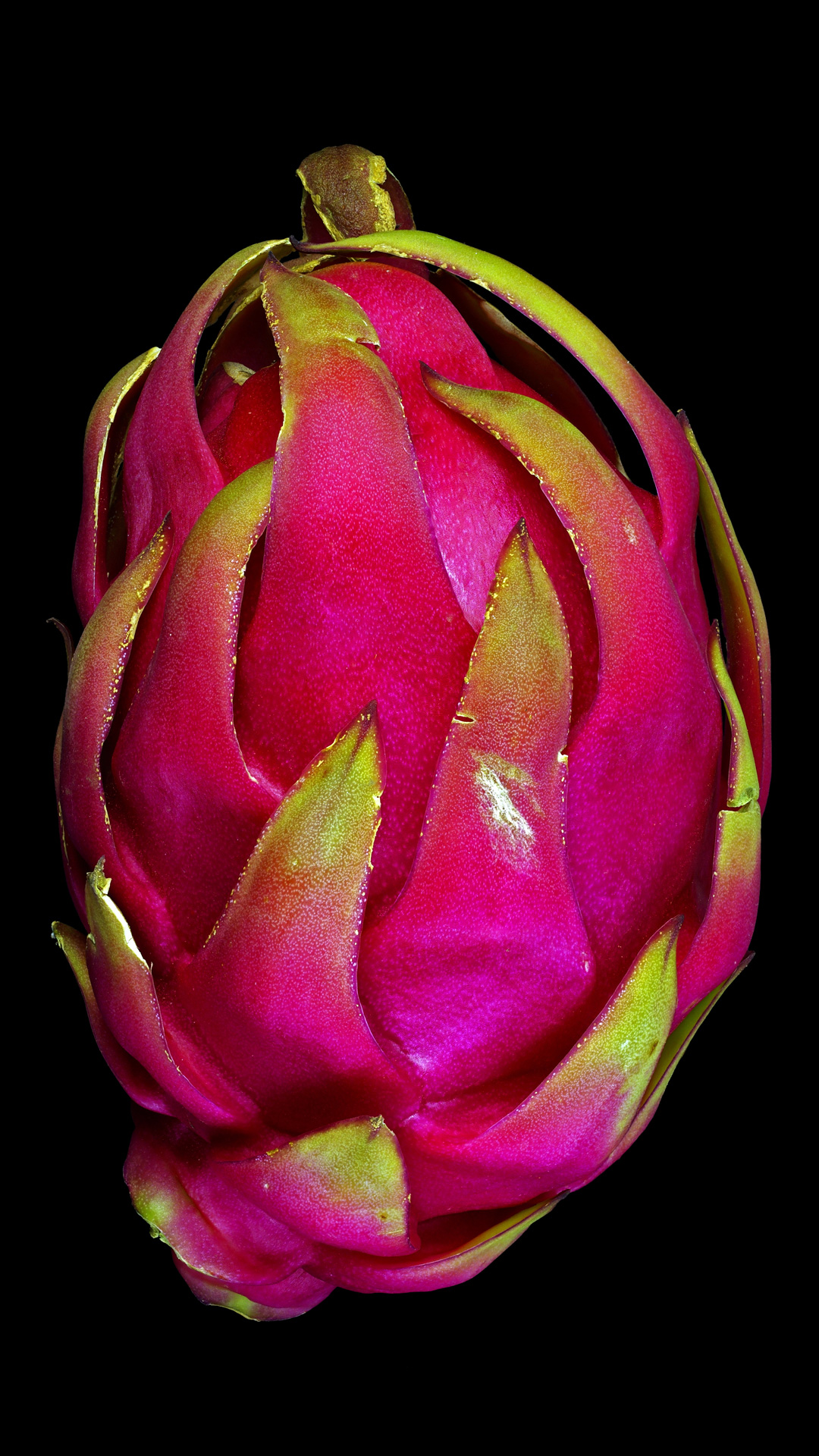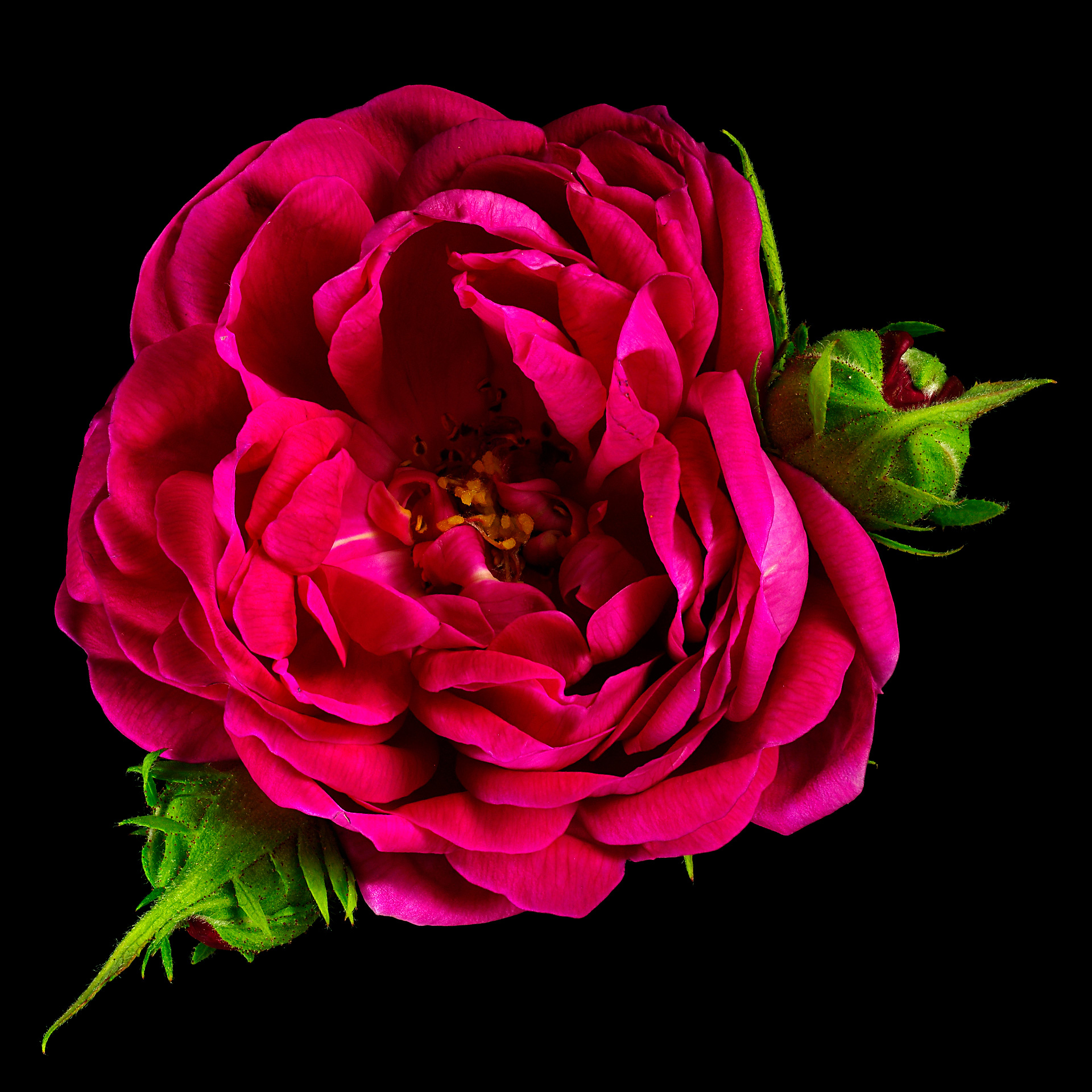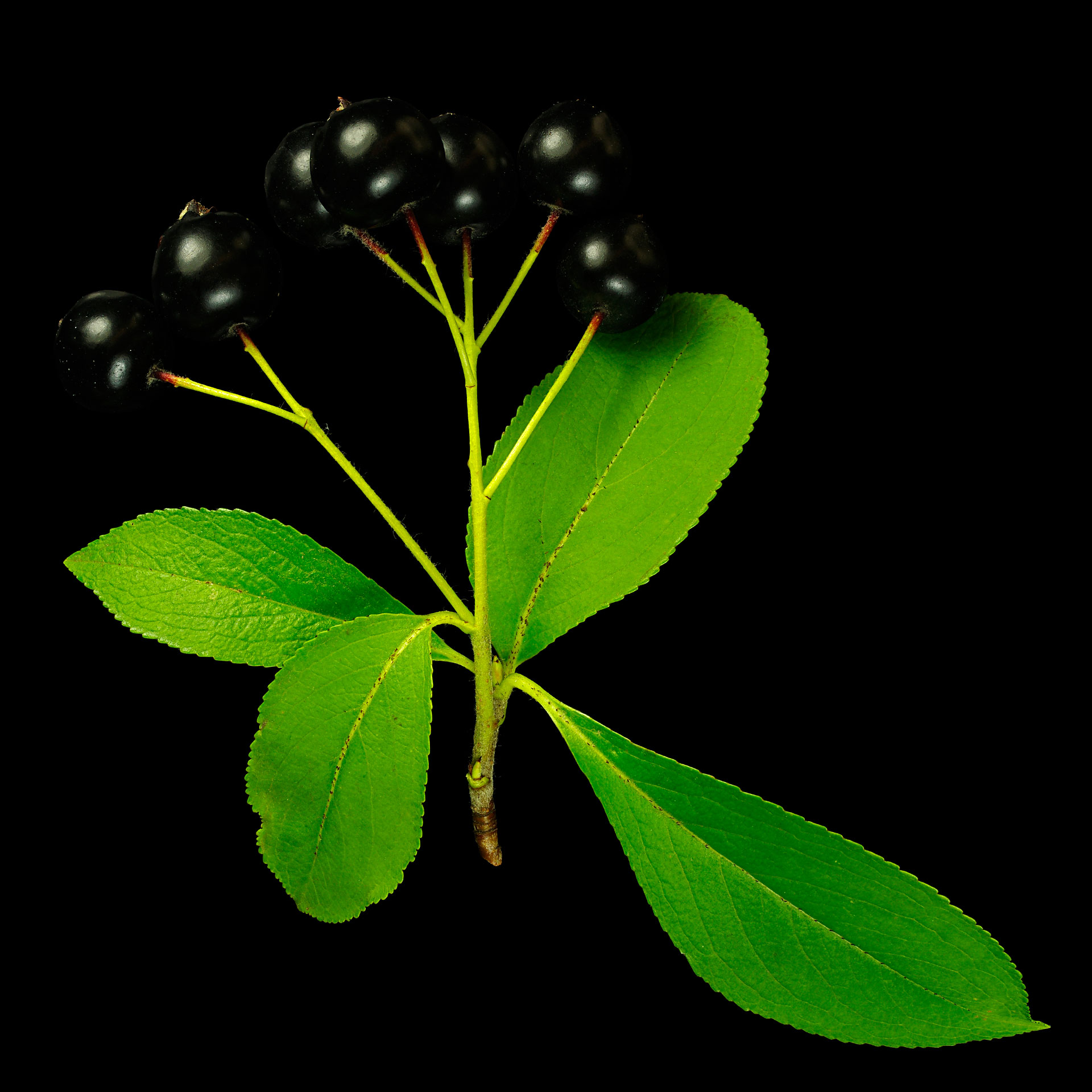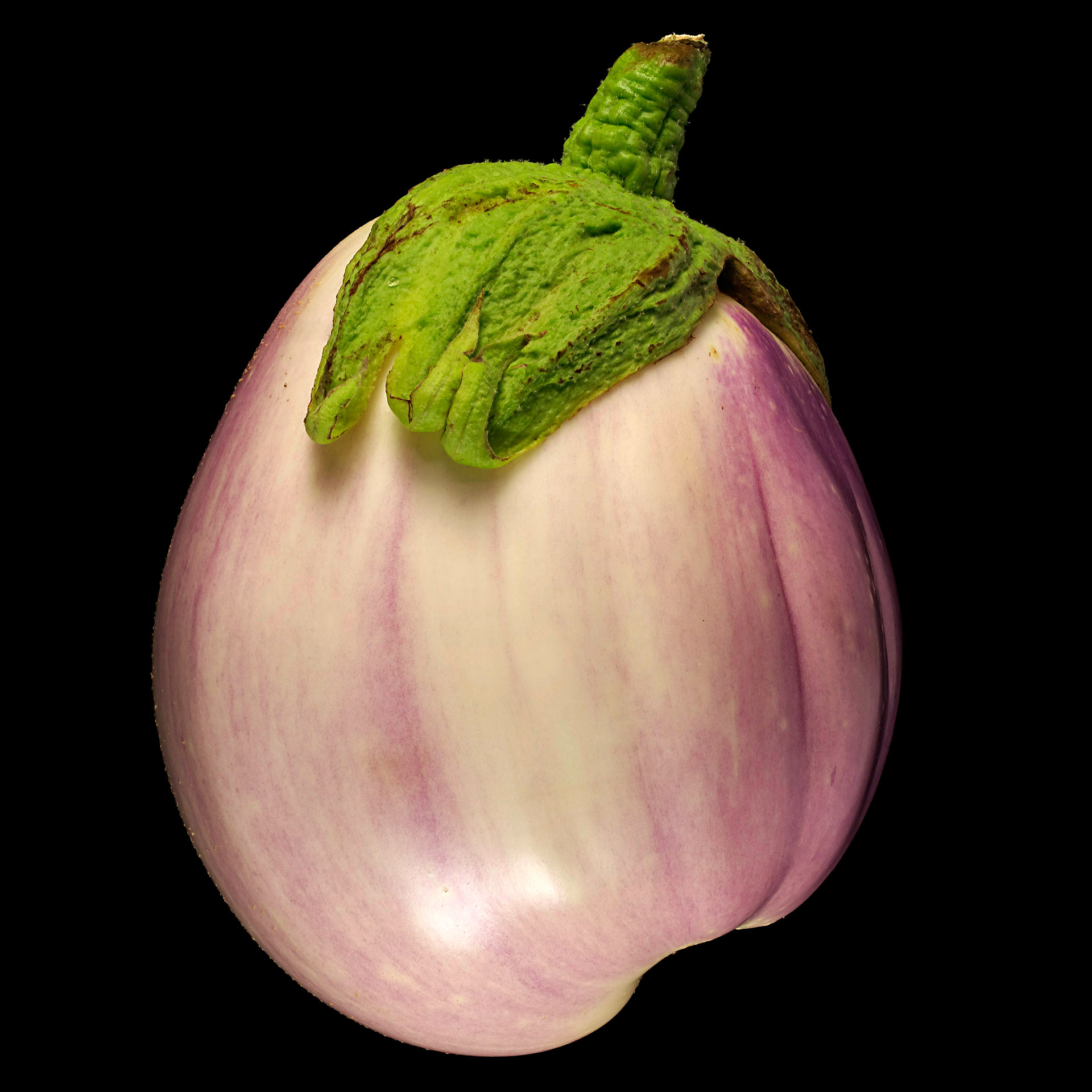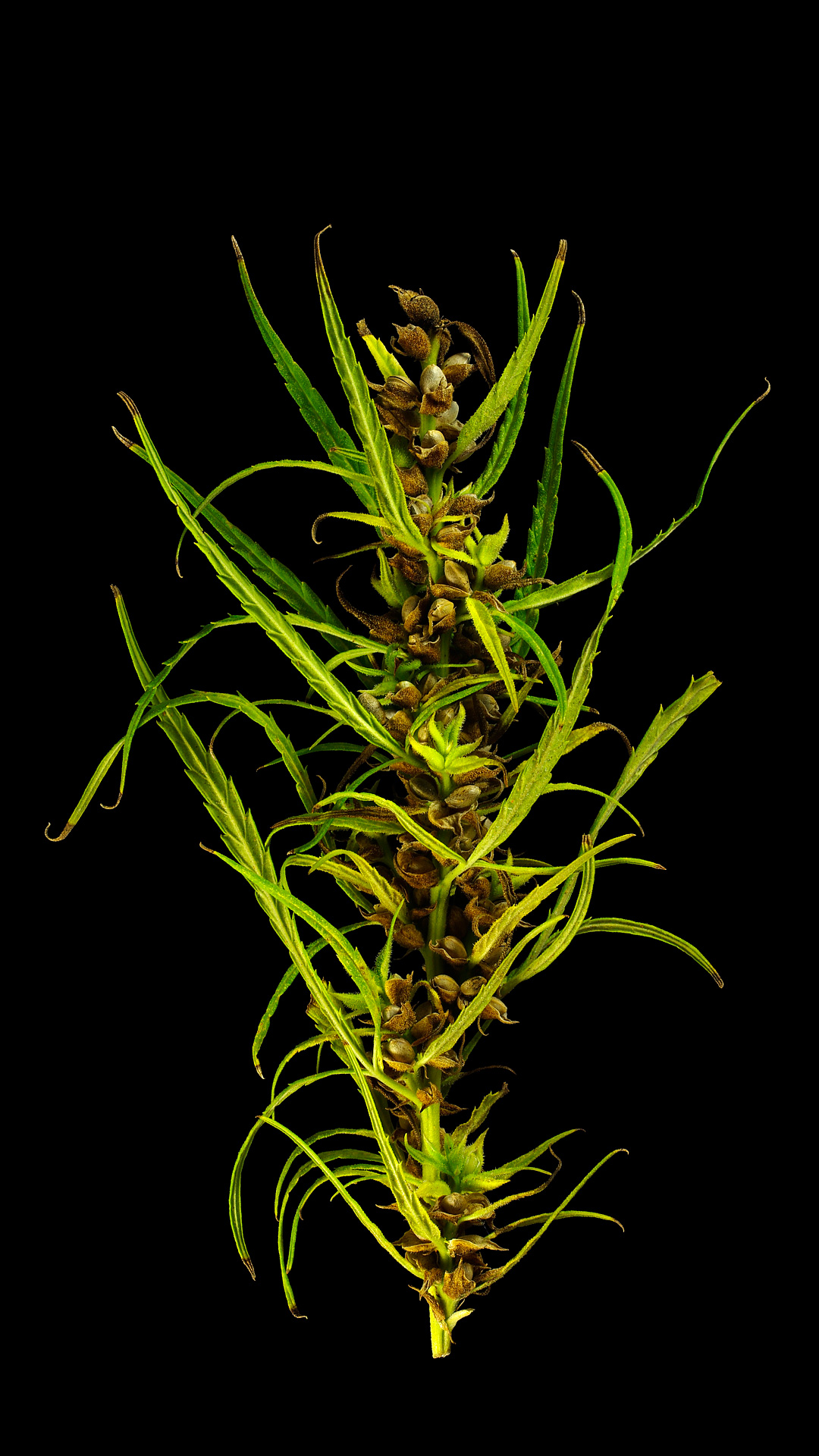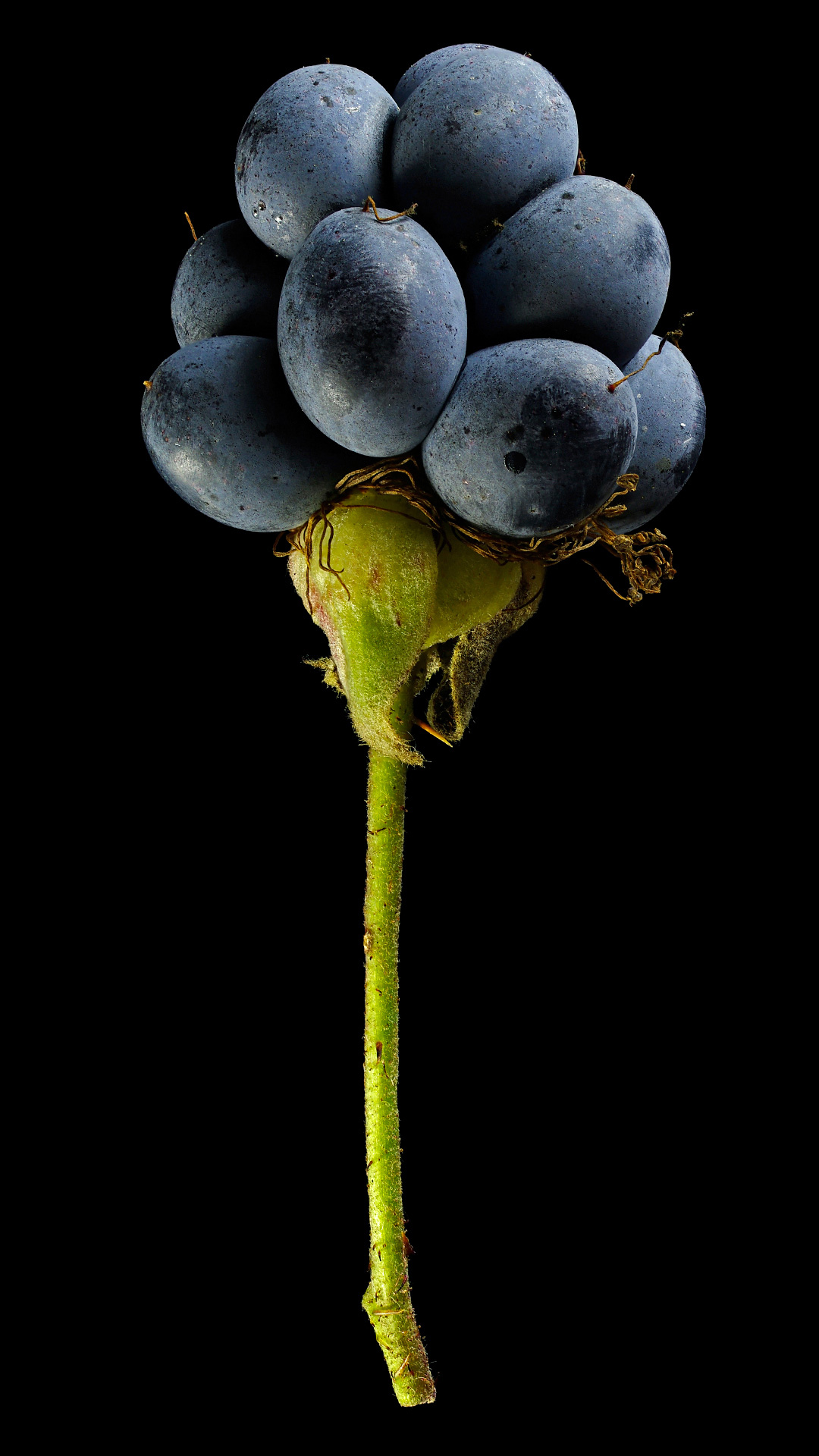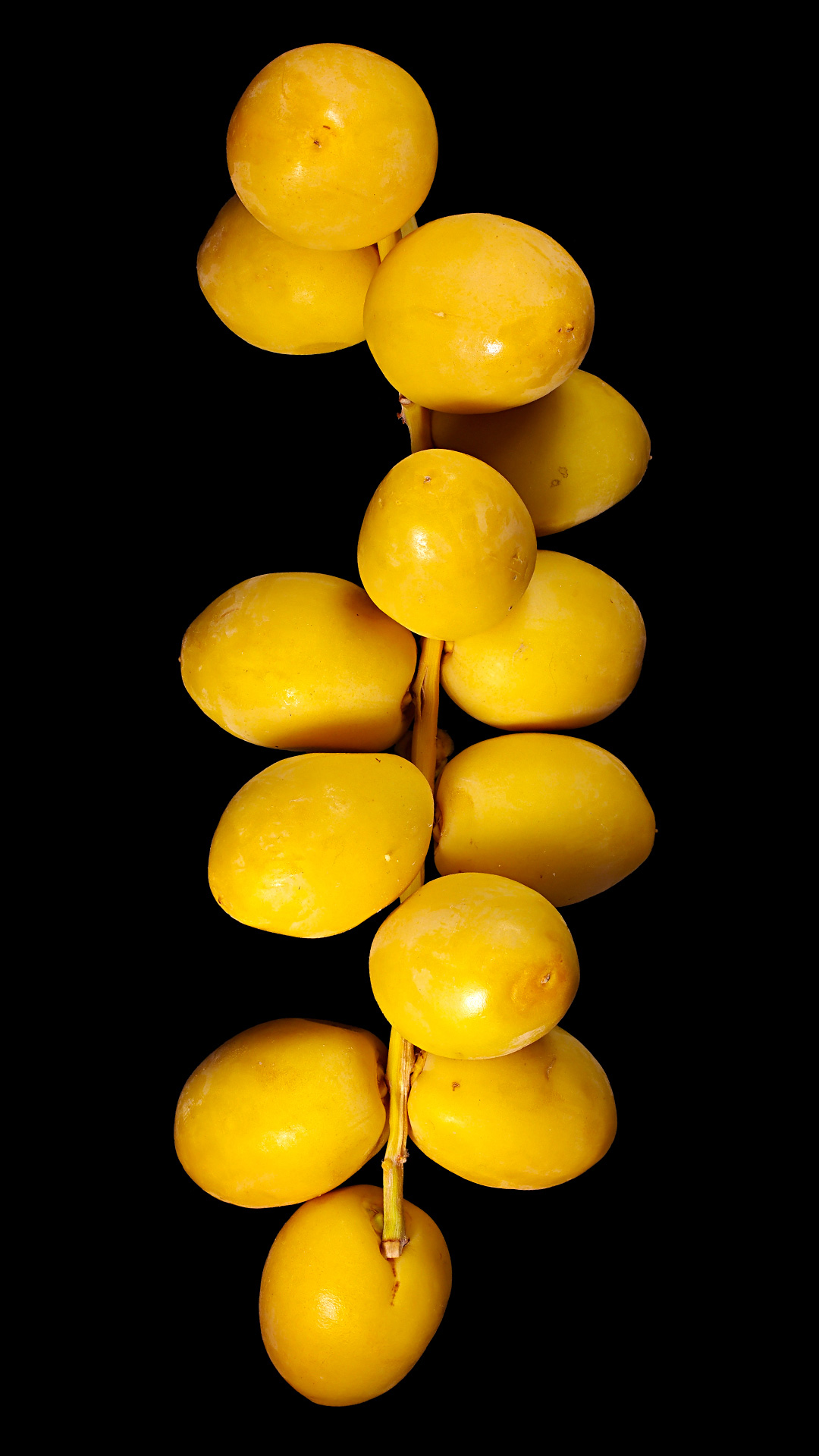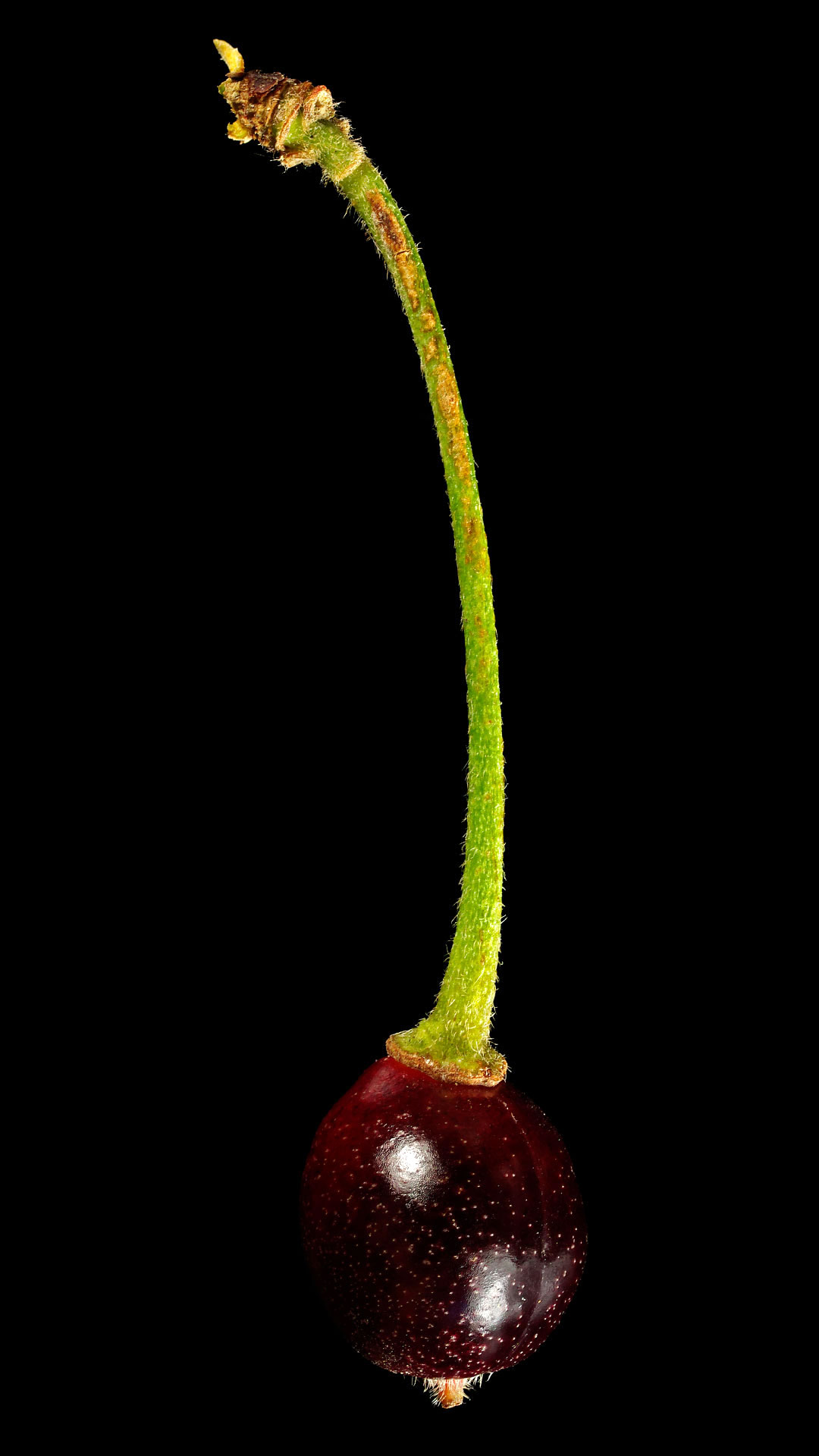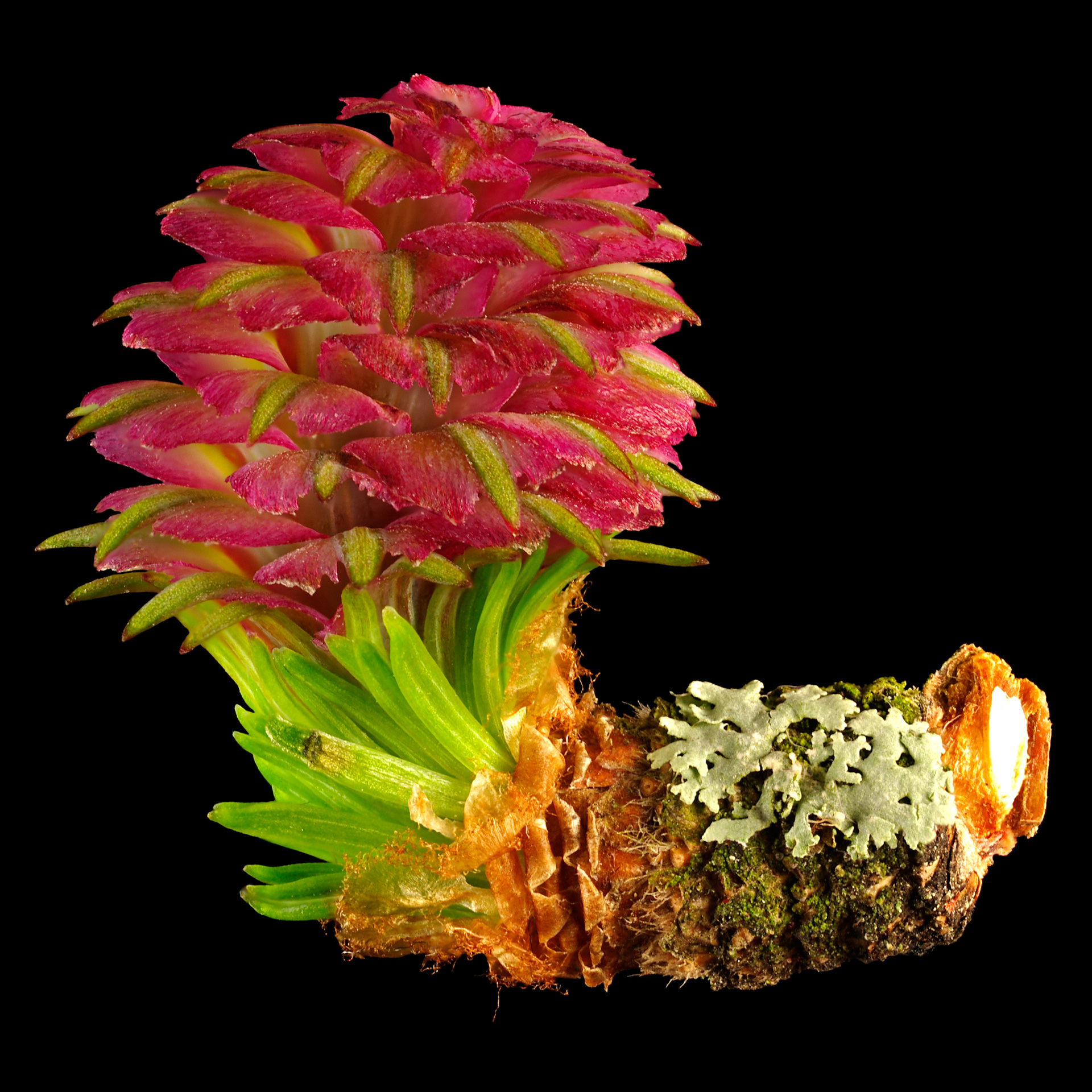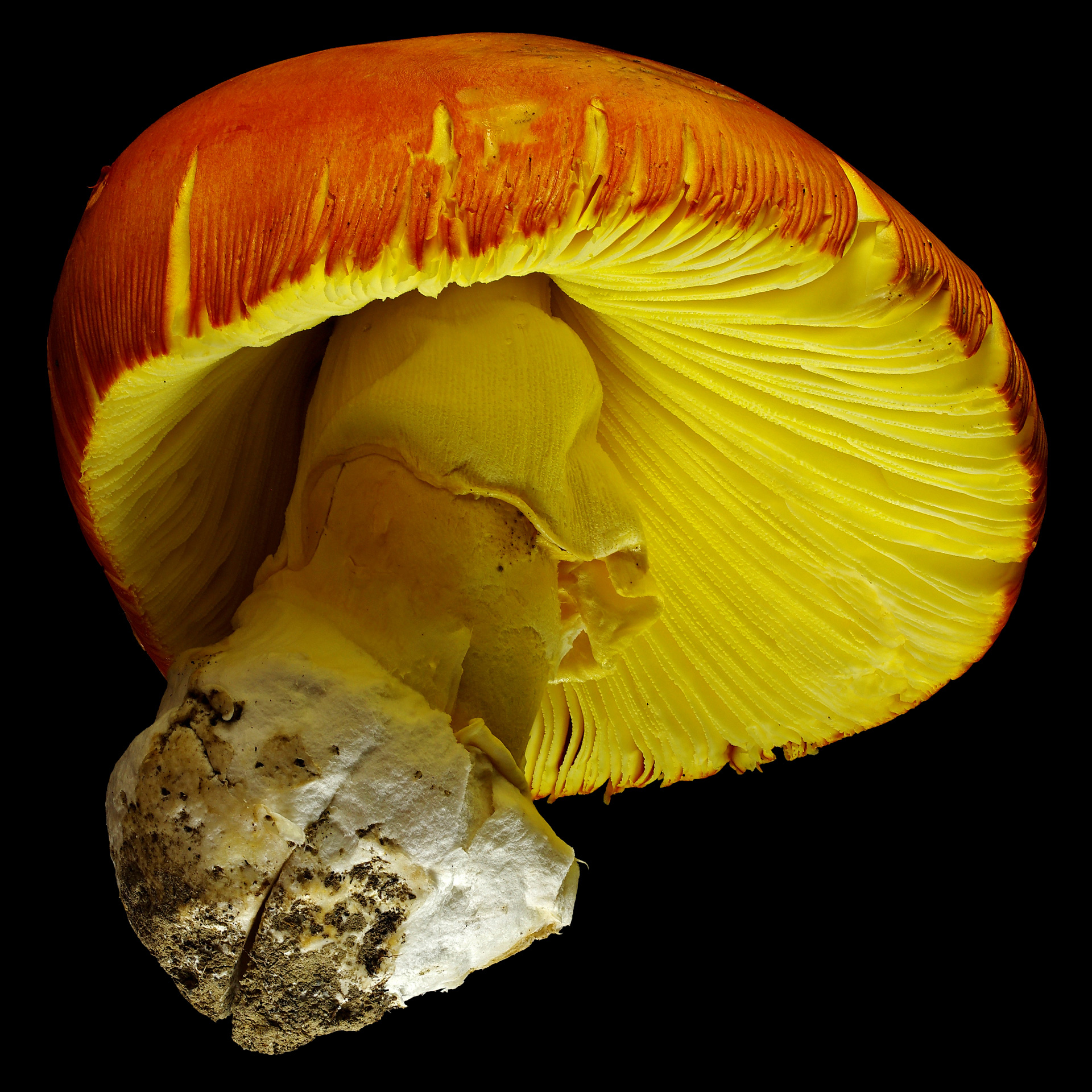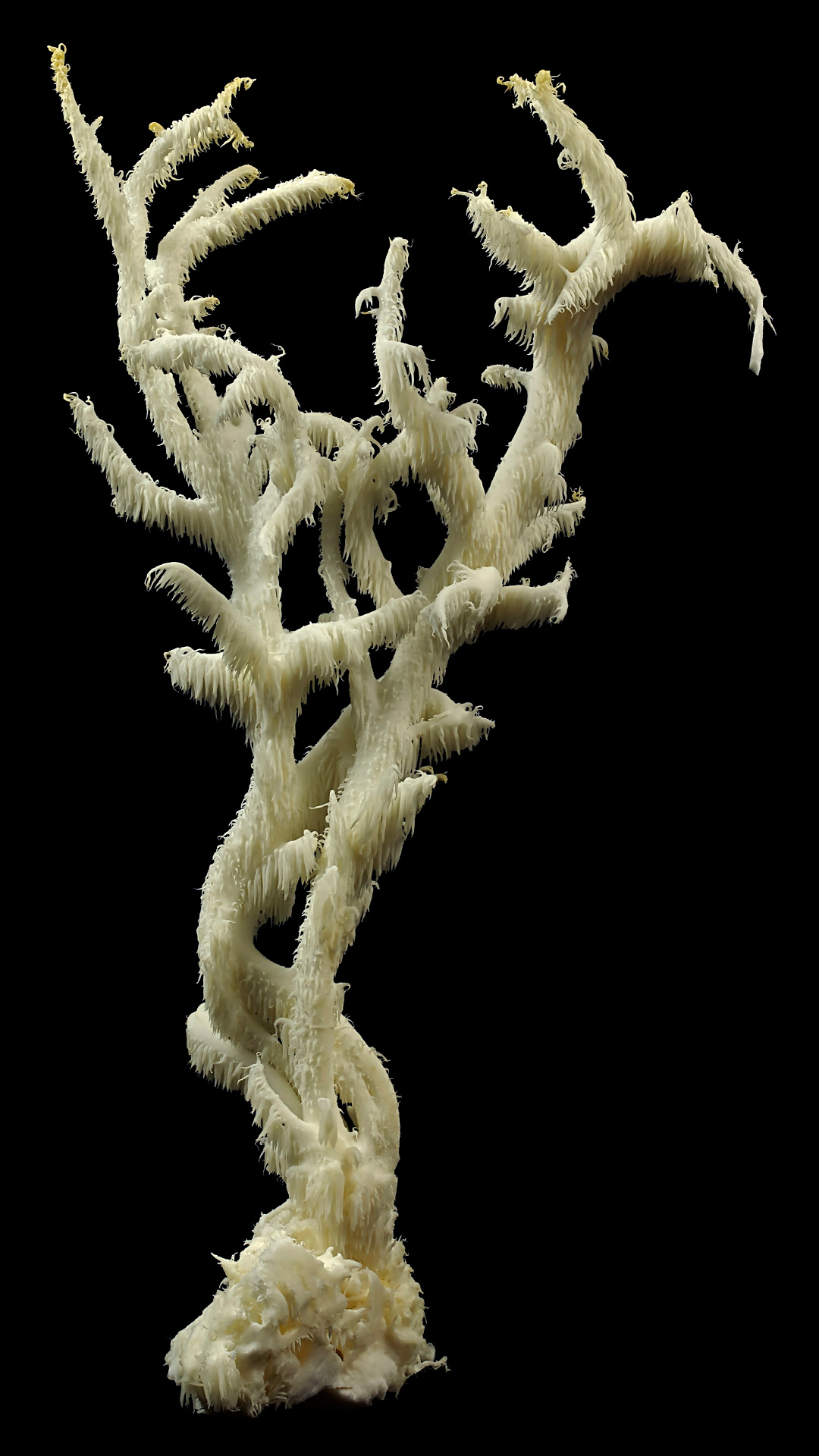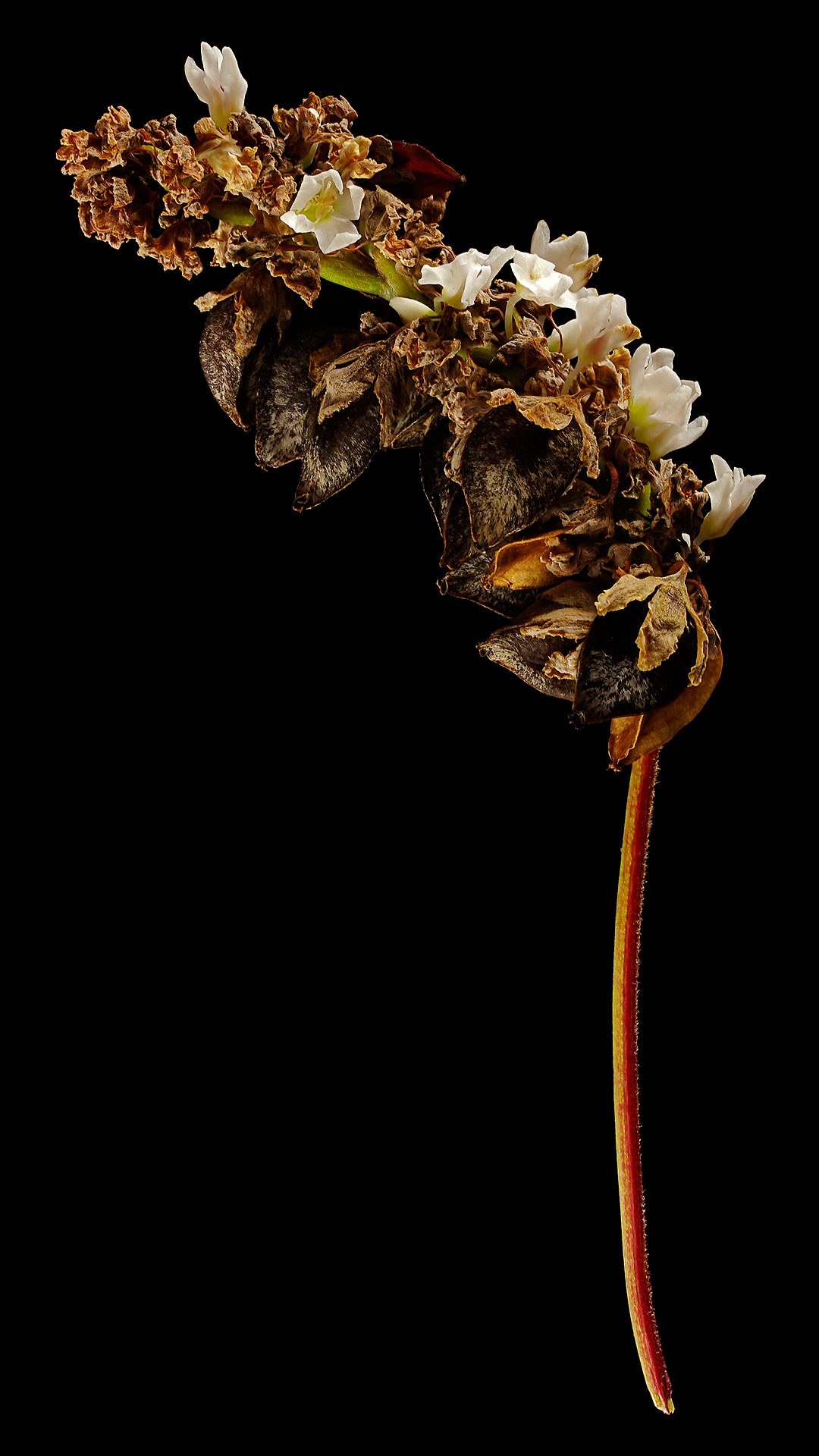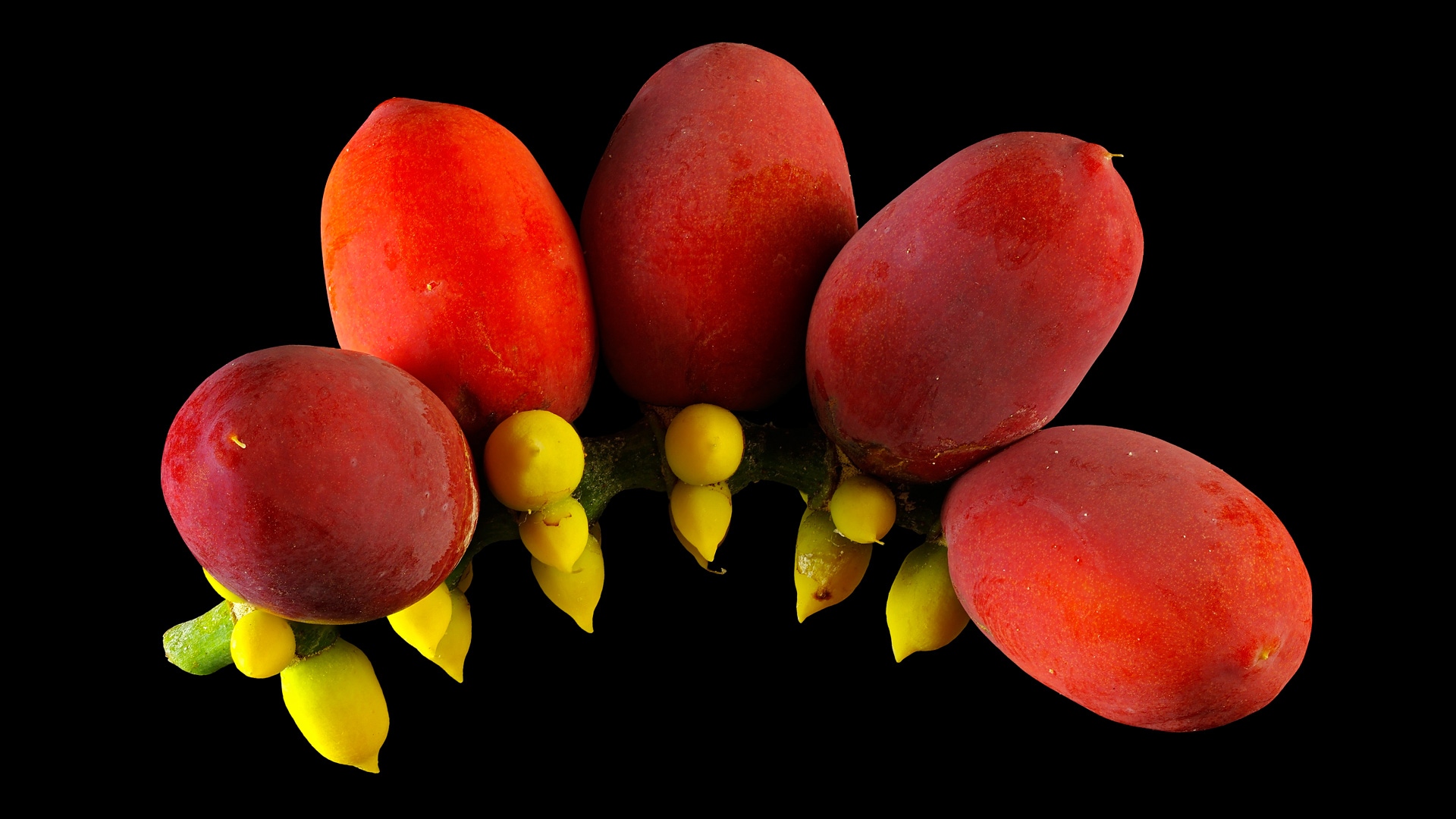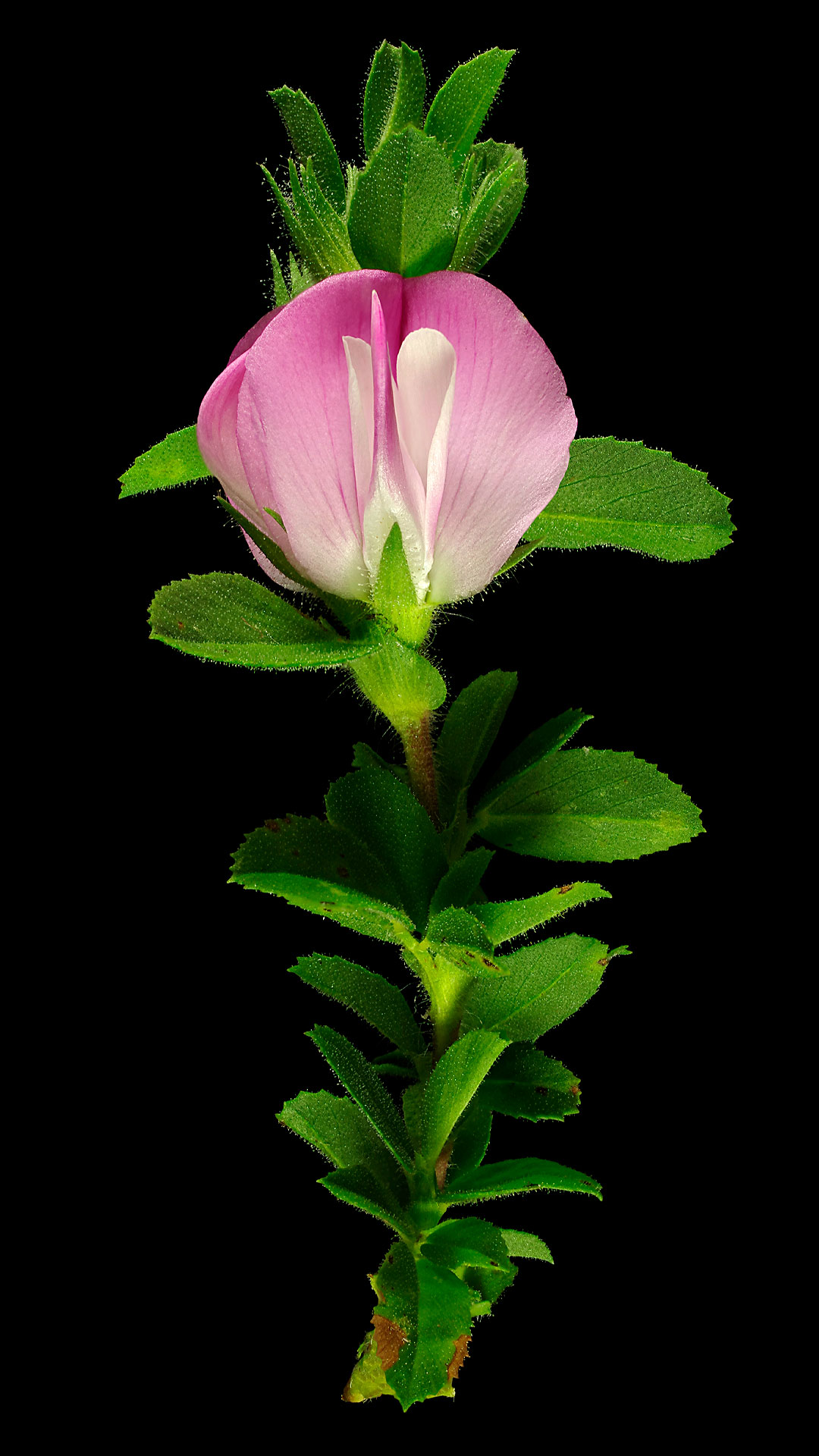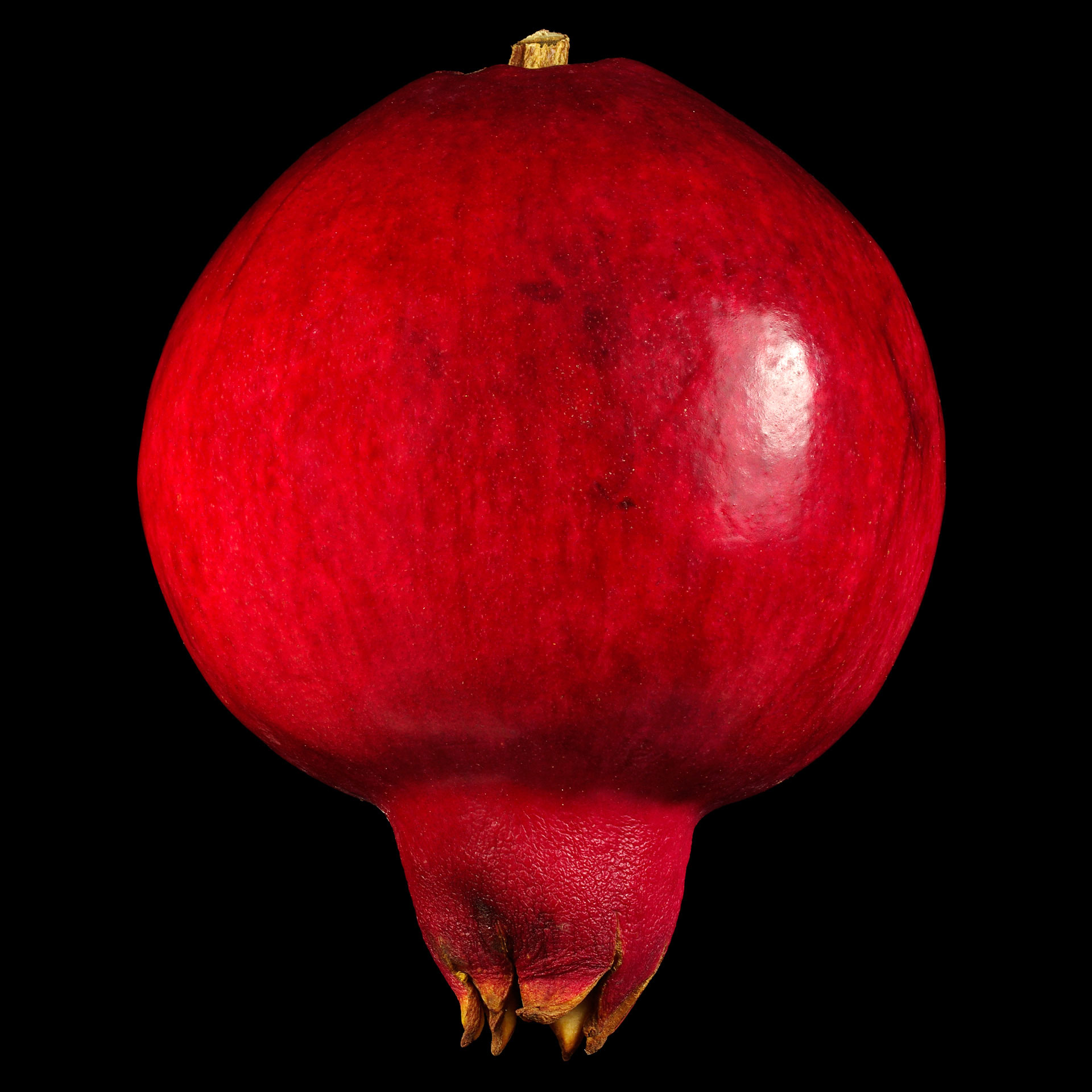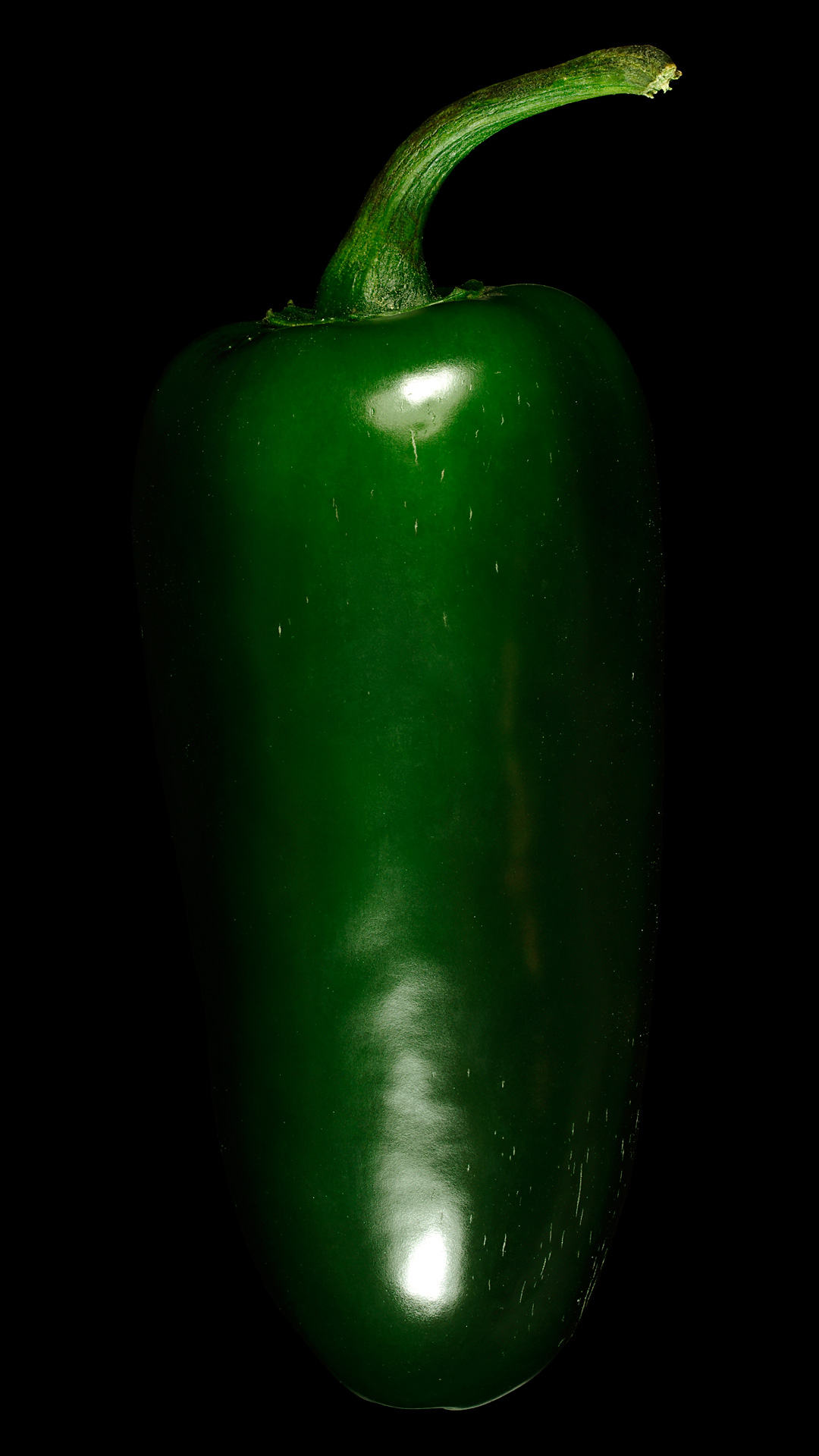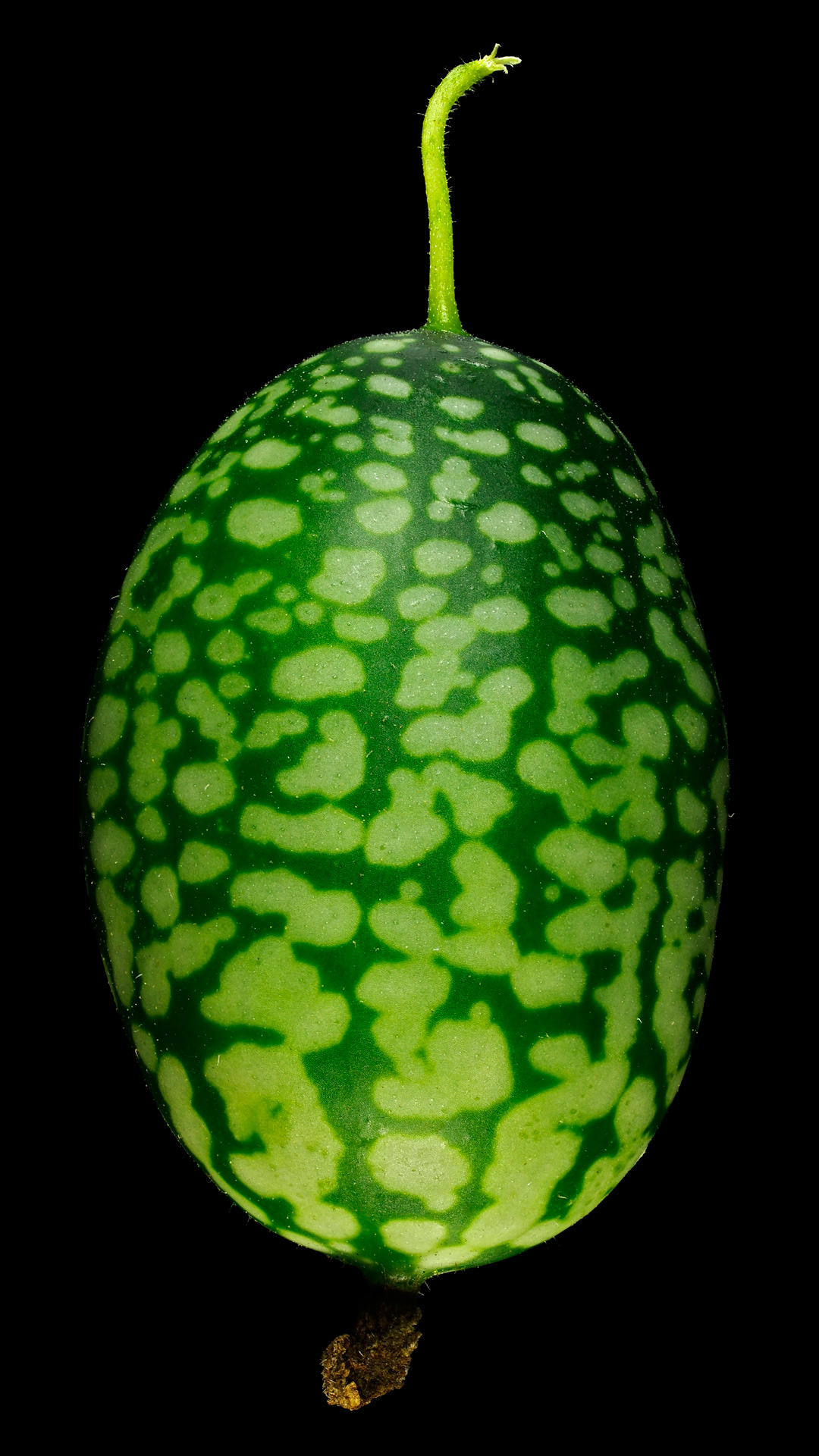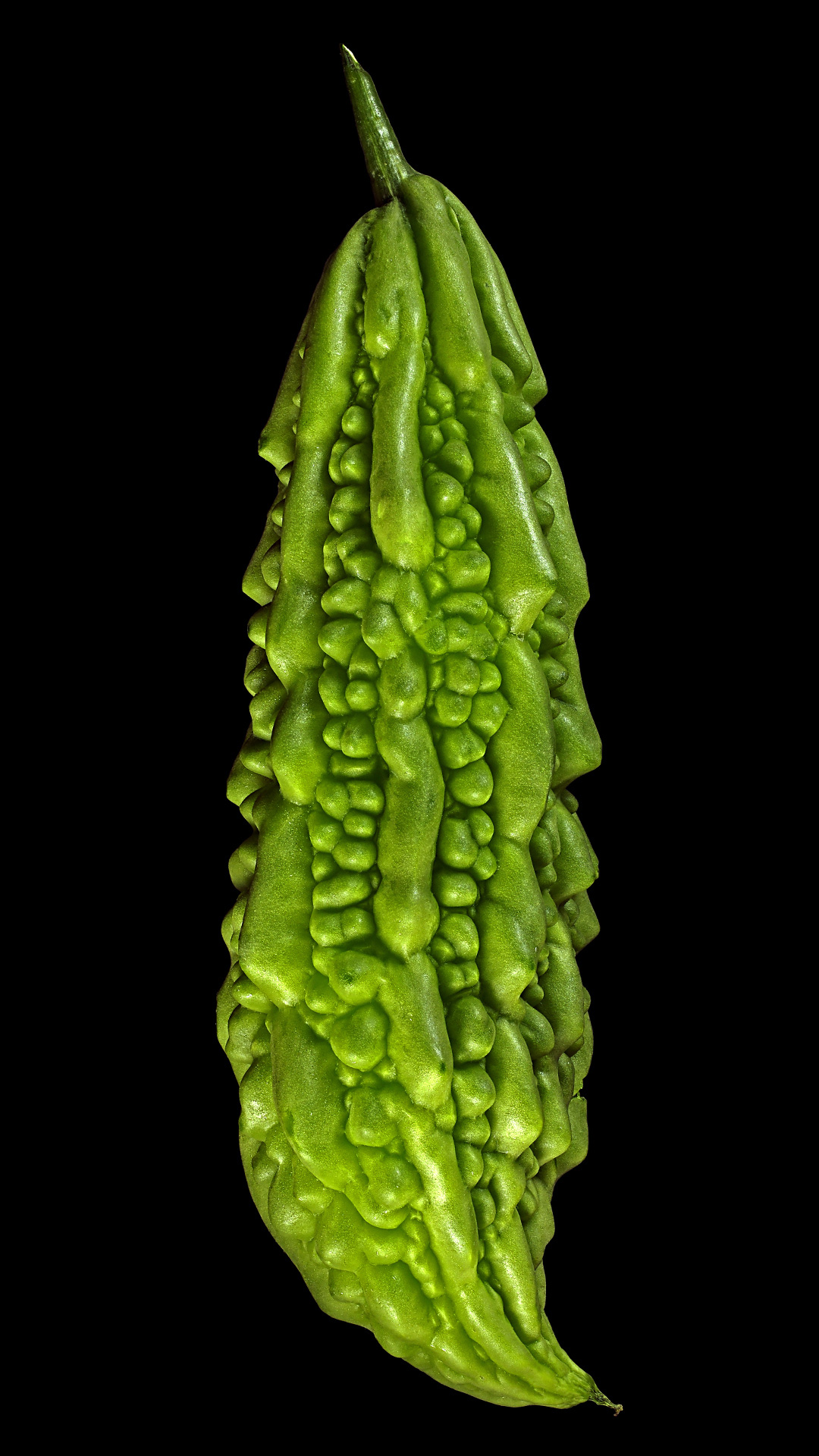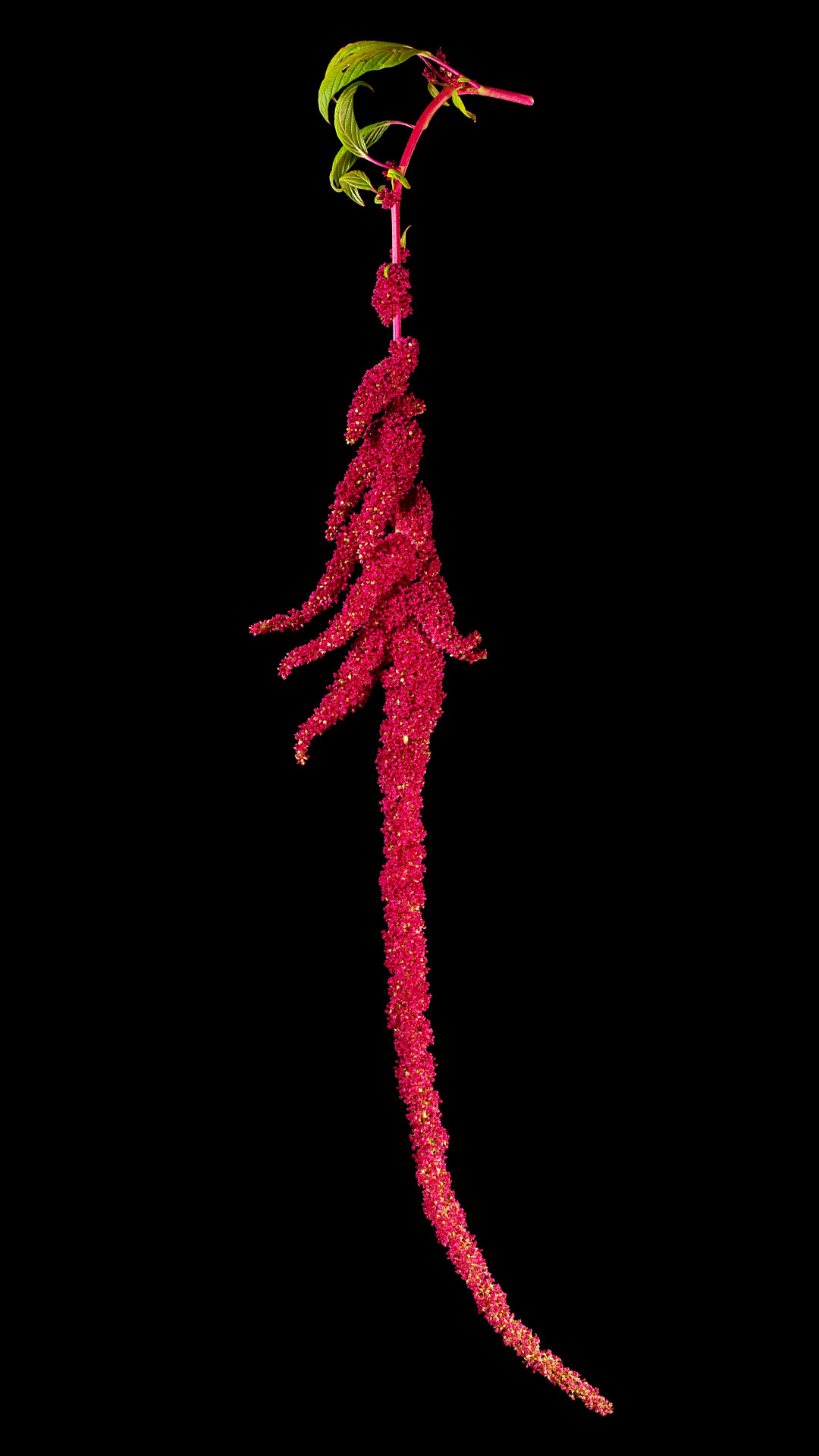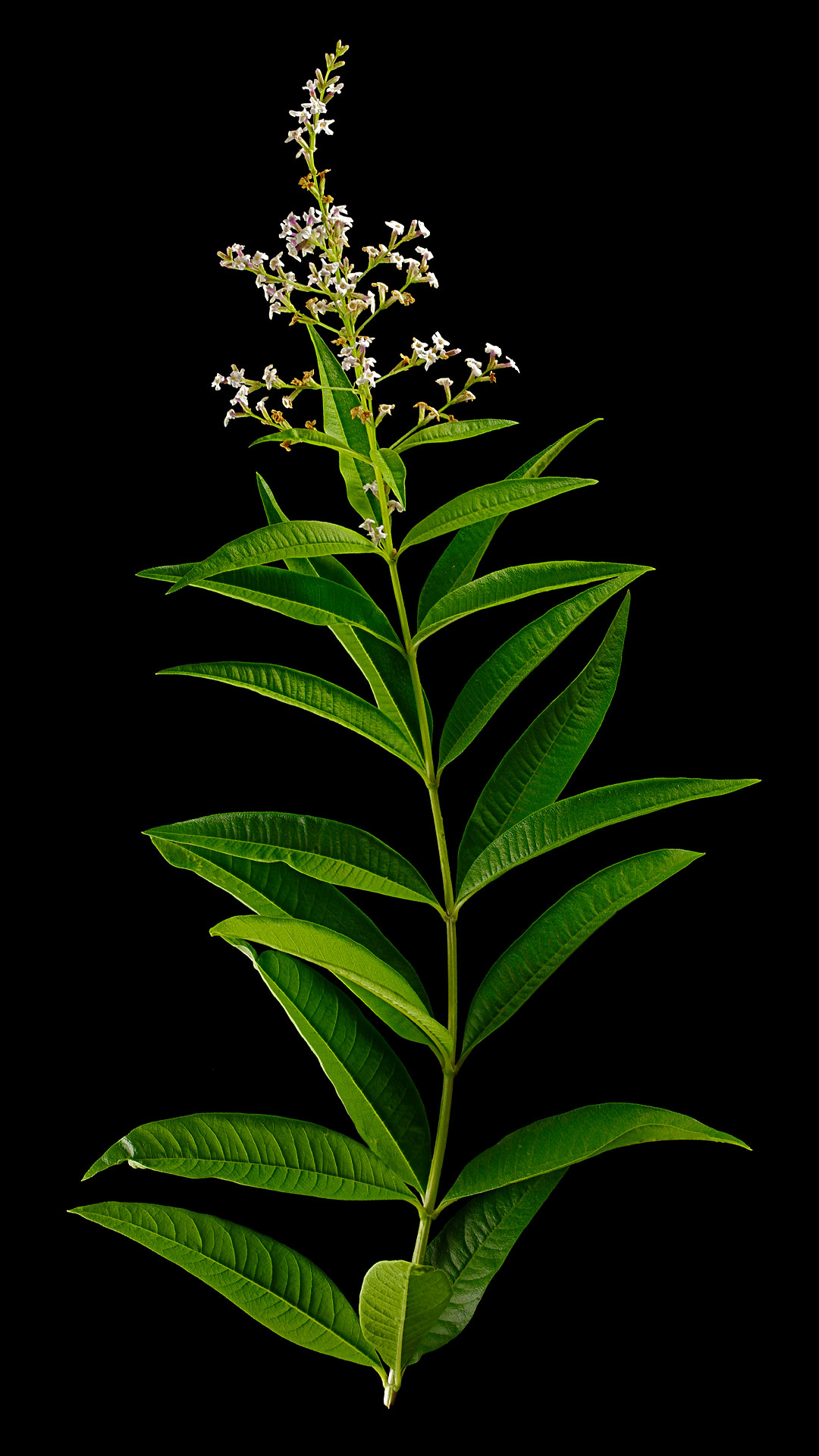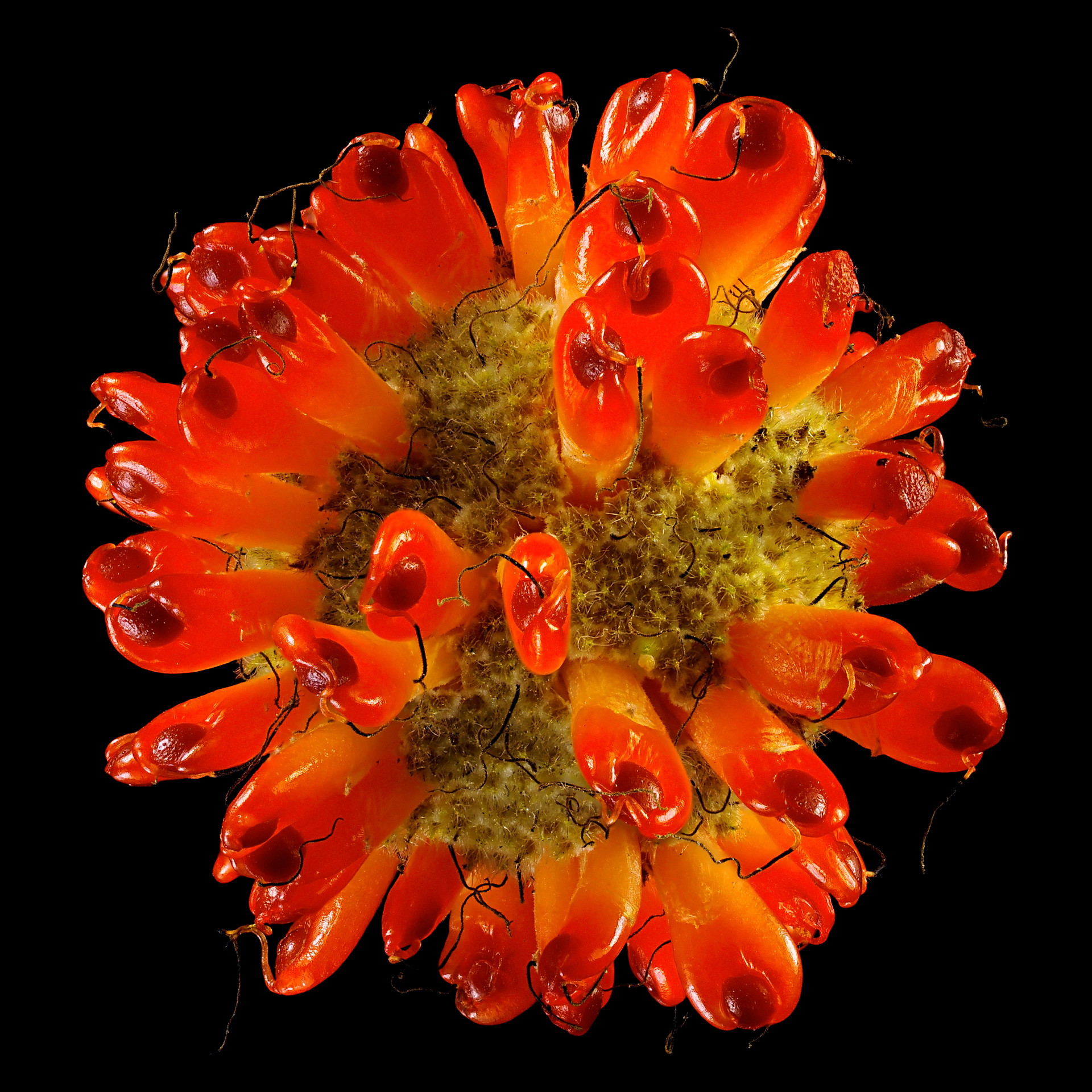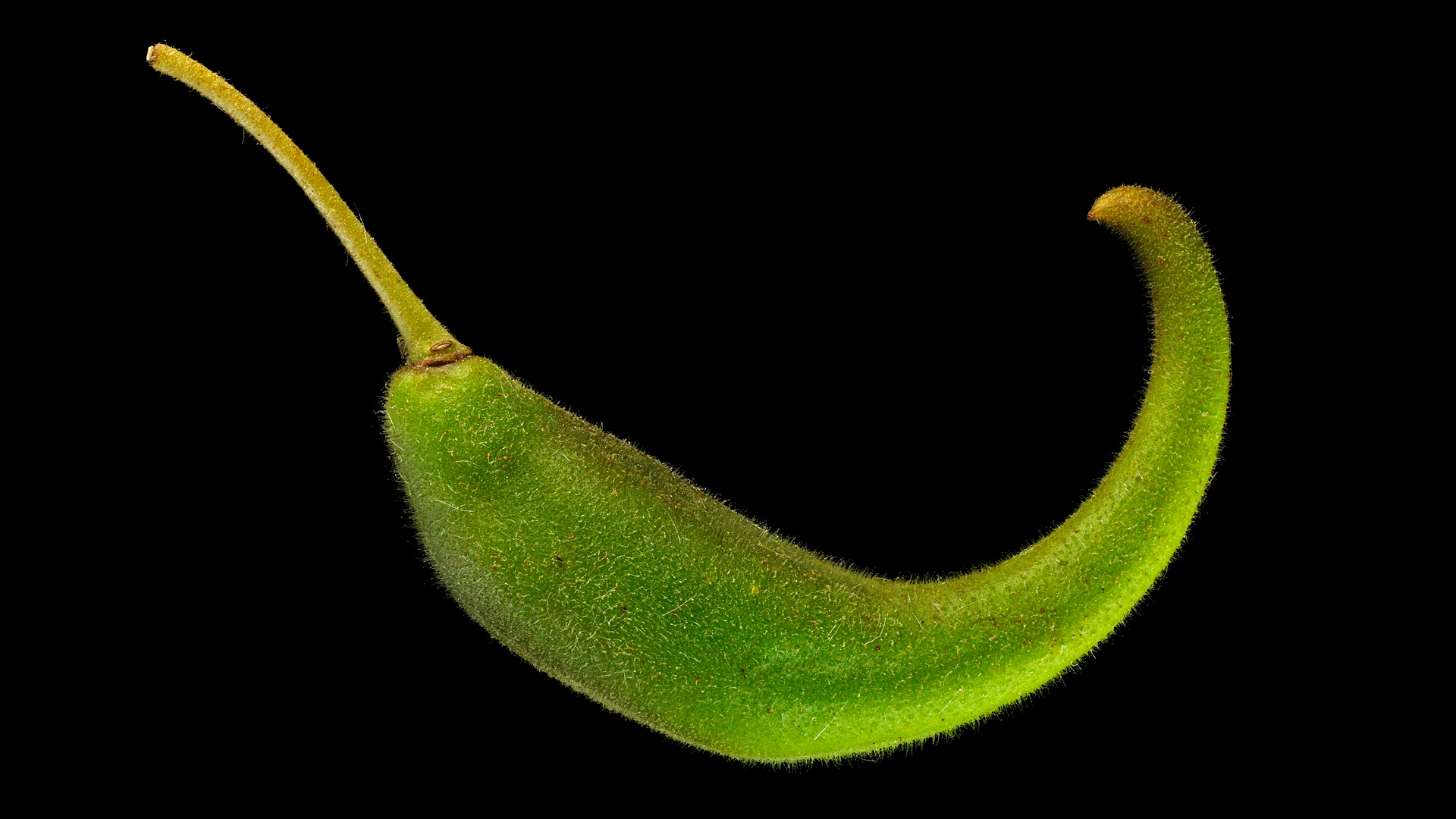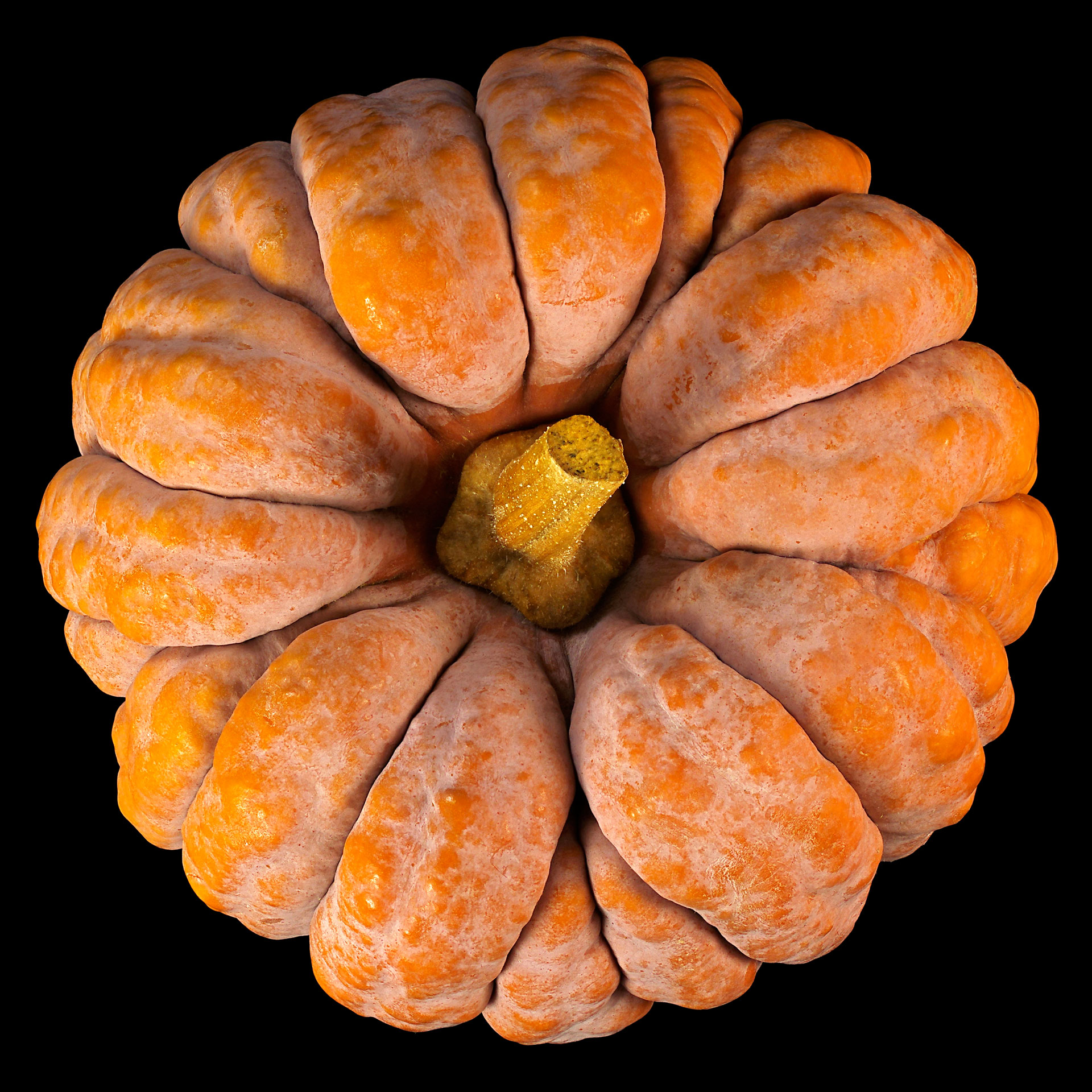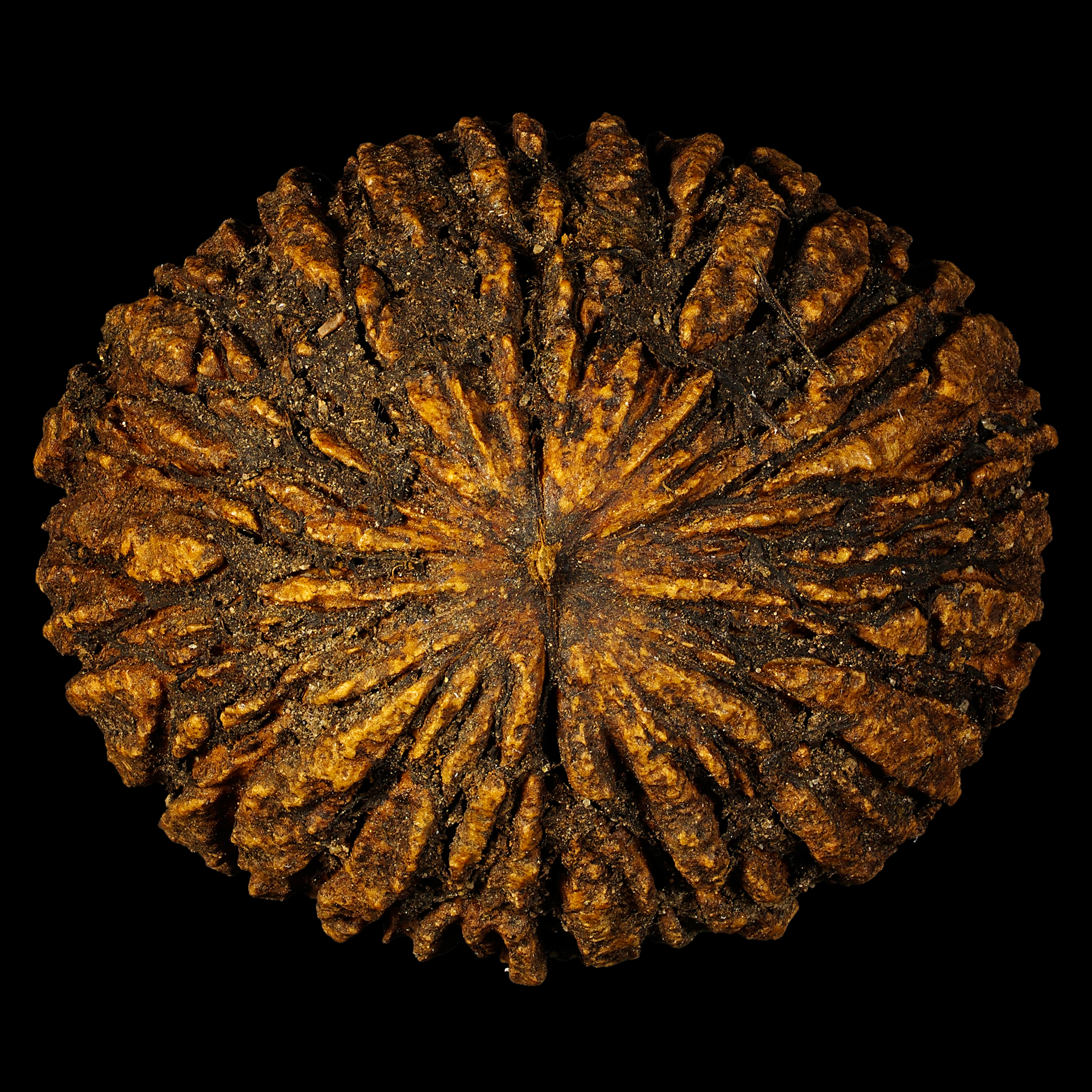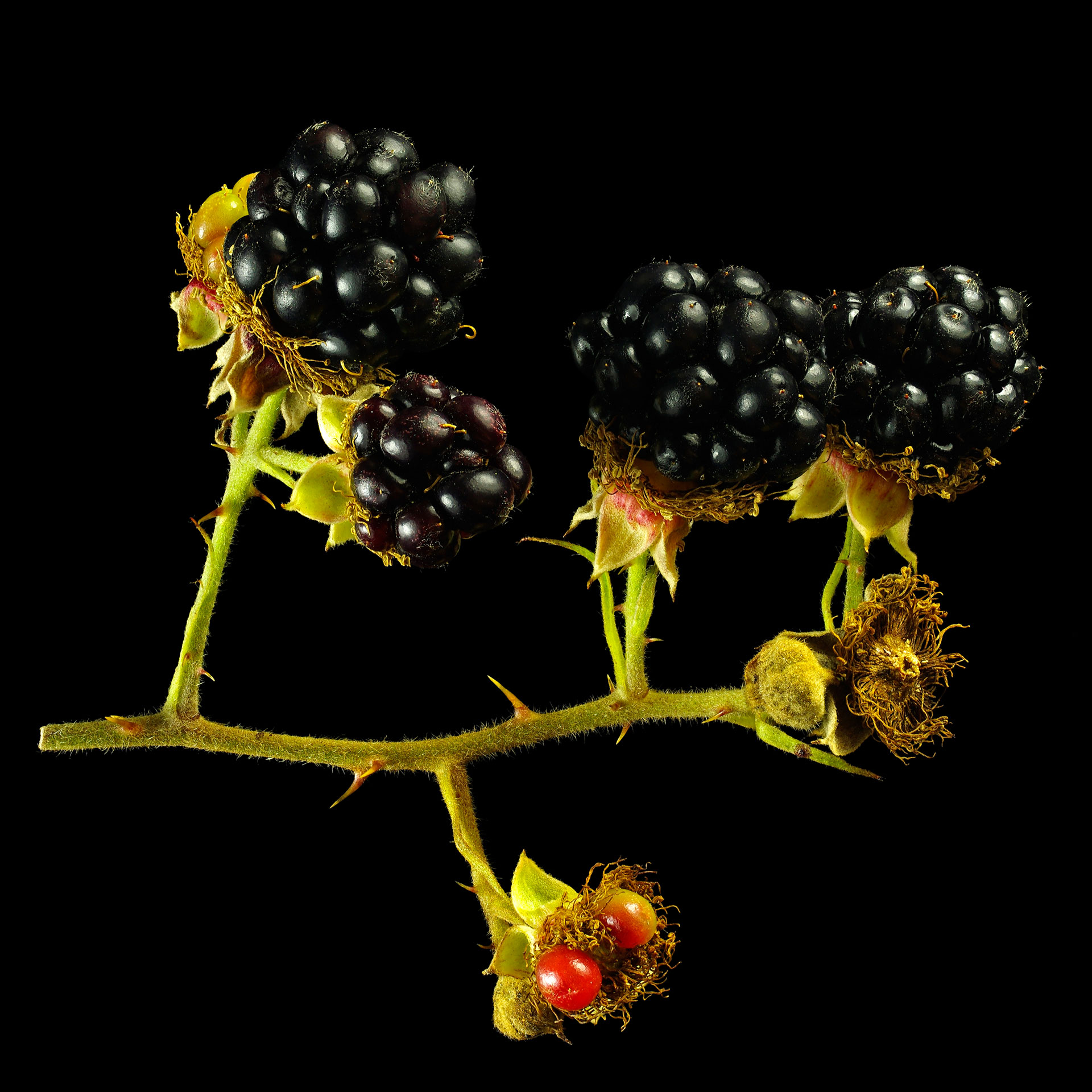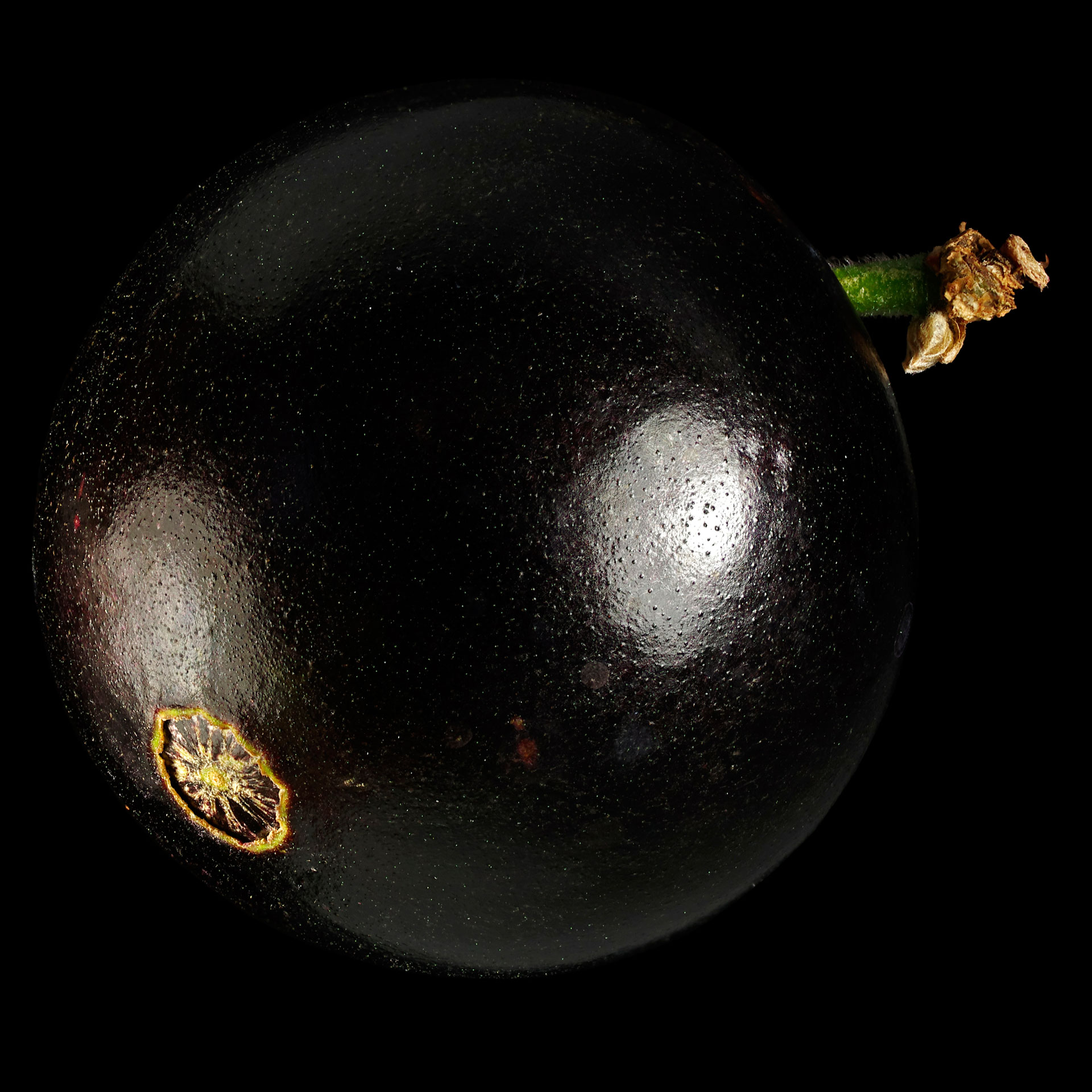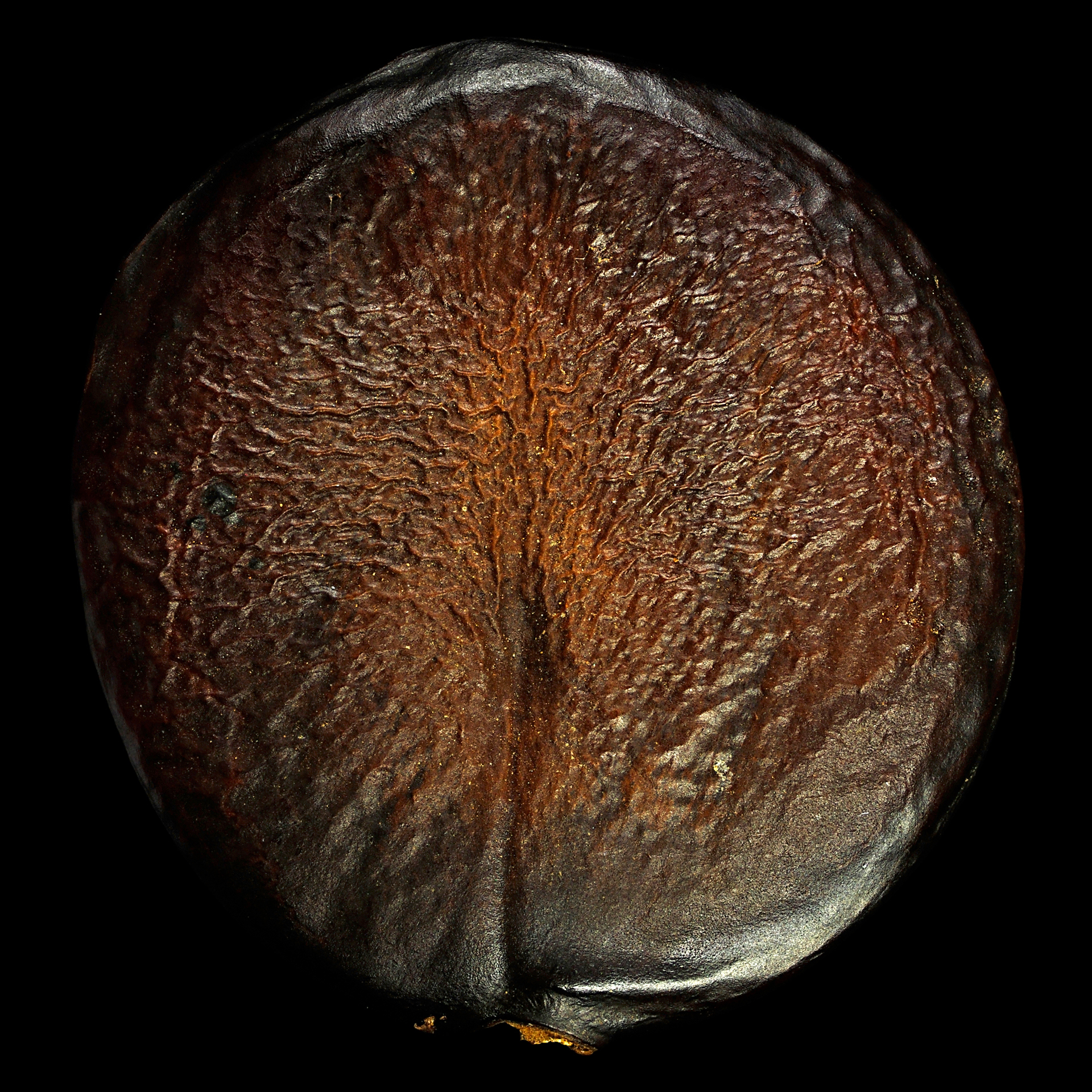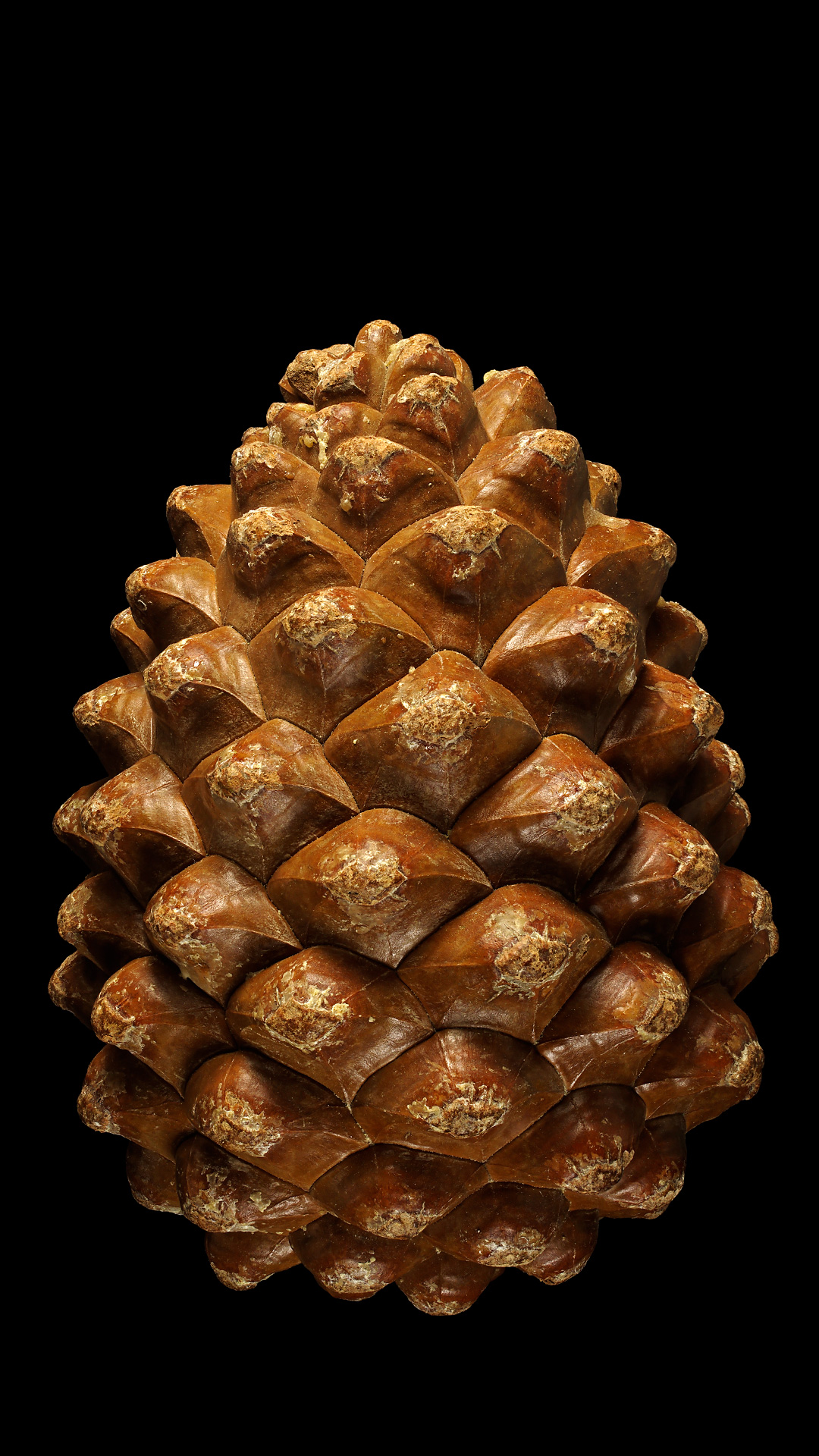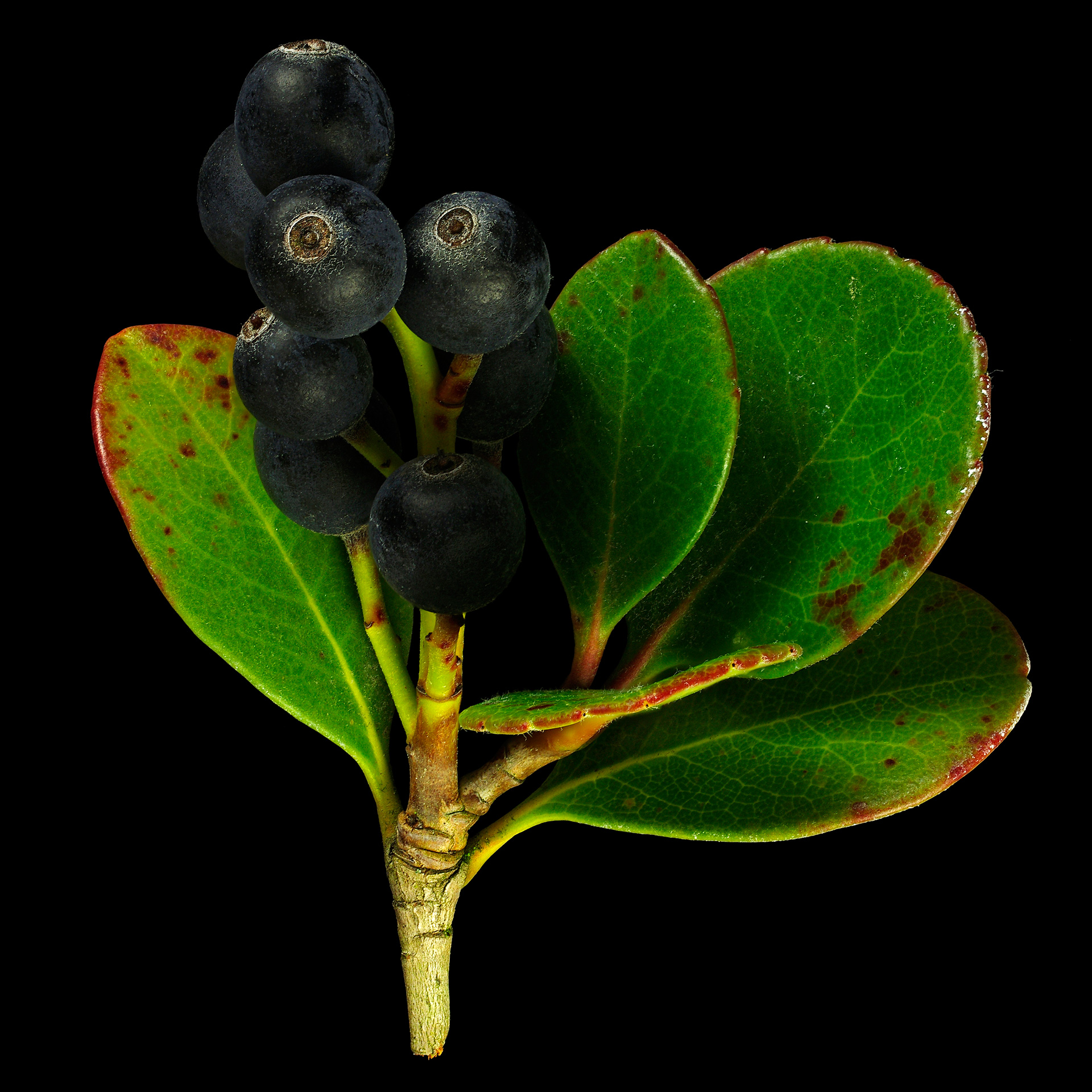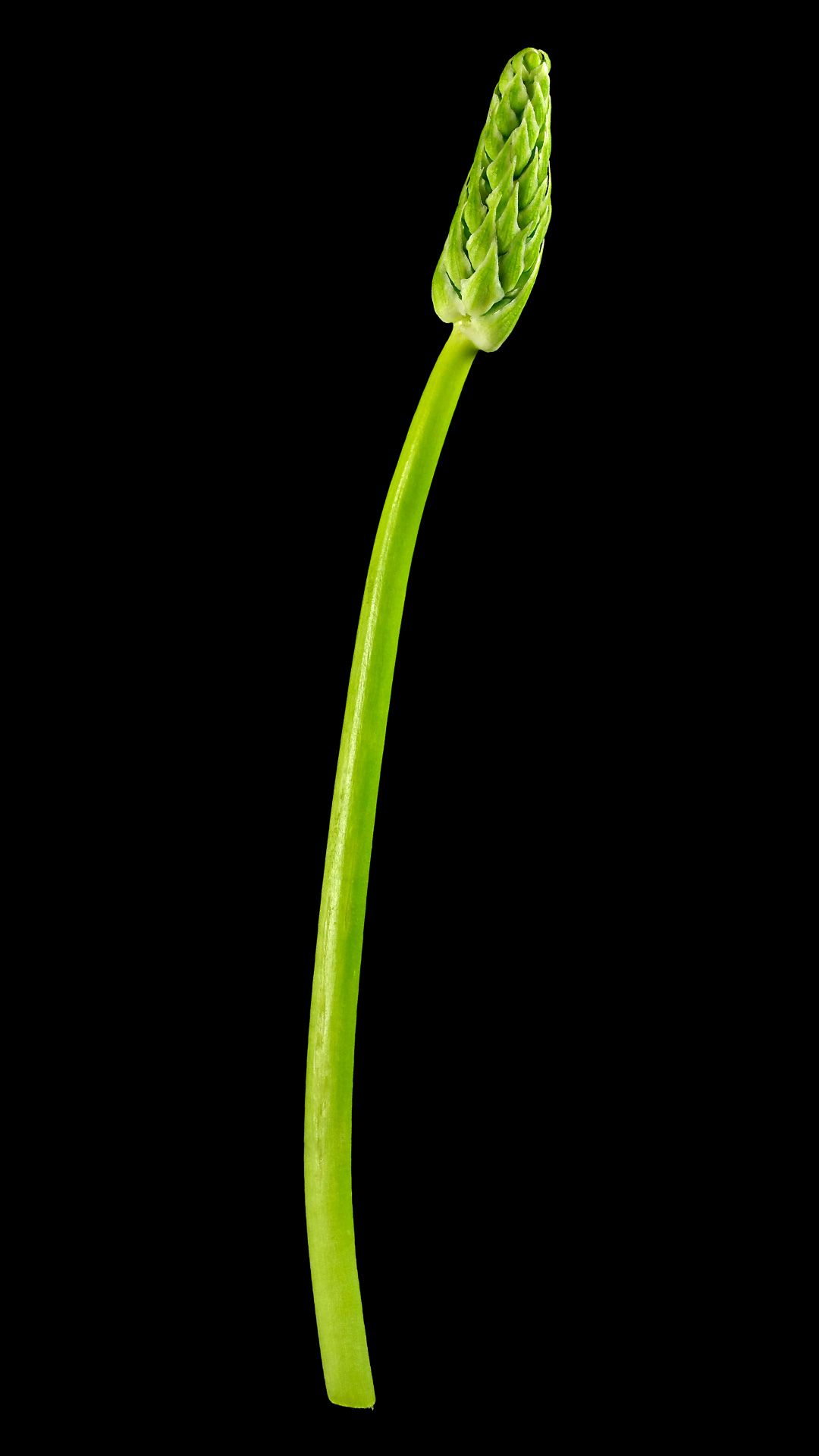Search Results for 2015
The large, delicate leaves of the Mexican pepper tree have a complex aroma that is reminiscent of the berries of black pepper.
The fruits can be cooked to make jam and juice. Raw, on the other hand, they taste very astringent.
The “conspicuous” blackberry can be consumed directly from the bush as a soft fruit or processed into jam, jelly, liqueur, compote, sorbet and juice.
Water chestnuts are usually peeled and then cooked. When cooked, the white tuber tissue retains its crunchy consistency, reminiscent of firm apples.
Like most wild forms, also those of rye are not particularly productive and are rarely or no longer cultivated today in contrast to the cultivated forms.
Dispite the striking strawberry-like fruits, the strawberry goosefoot is a leafy vegetable.
The green walnut is the unripe walnut fruit (J. regia) harvested before St John’s Day on 24 June which is processed into a delicacy.
Bog bilberries can be freshly taken from the shrub or processed into jam, compote, liqueur and wine.
If the seeds are not used for jewelery, they can be eaten like nuts. They are supposed to taste like pistachios.
The intense pink color of this fruit, especially of the fruit flesh, is a challenge for the eye and for the camera sensor.
The pitaya is best eaten fresh and raw. I like to spoon out the white, sweet fruit pulp from the halved fruit.
Strong fragrant rose varieties have long been cultivated for the production of rose oil, which is not only used in perfumes, but also in some liqueurs and sugar confectionery.
Just like fruits, such arilli can be very fleshy and taste sweet.
The black chokeberry contains many vitamins and other important substances in such large quantities that it has also medical significance.
The variety ‘Rotonda bianca sfumata di rosa’ is found in the trade quite rare, typical in our (European) view are the black varieties.
This cultivation of hemp is useless as a drug crop, but as a food plant the more valuable.
They taste is almost the same as blackberries, but a bit more sour than these. The fruits can be picked straight from the shrub, or can be processed to jam and dewberry liqueurs.
The fresh, yellow fruits still taste astringent. Only in the brown, overripe fruits are the tannins degraded and the honey-sweet, caramel-like taste dominates.
he tuber cellar is a classic, spicy ingredient in stews and soups with a characteristic aroma.
Even if the fruits are not productive, they can be eaten fresh from the tree or processed into jam, compote and liqueur. The beautiful flowers can decorate dried tea mixtures.
Larch liqueur or larch spirit can be produced from the pink, female flowers of the European larch.
In Italy, it is best roasted and spiced with Epazote.
Flower sprouts taste milder than many other types of cabbage and require only a short cooking time.
Like many other mushrooms too, the coral tooth fungus is best fried and subtle seasoned with salt and pepper.
Common buckwheat: Fagopyrum esculentum More than just ``Poor man's food`` An important identifying characteristics of the common buckwheat that differentiats from the other buckwheat species is the red stem. Because gluten is absent, buckwheat can not be used alone for
The kernel (nucellus) contains a lot of starch (and vitamins), so that a flour can be obtained from them after roasting, with which flat bread is baked or crackers called “emping” are fried.
Billberry cactus has an impressive growth height of up to 4 meters, and yet it produces only very small, sweet tasting fruits.
The shoot tips and the young leaves can be used raw in salad and boiled like spinach.
Pomegranate juice is obtained from these fruits, which is then processed into pomegranate wine and grenadine.
It is cut into small pieces for seasoning, especially for salsas.
A mash can be prepared from green rice and it is used as a coating for frying. With sugar, green rice can be cooked to brittle.
The approximately 3-4 cm long, round-oval berries of the mouse melon resemble tiny water melons with their light and dark green mesh pattern, but they taste intensive like cucumbers.
The aroma of fresh pandan leaves reminds of vanilla, it is of a heavy sweetness and very intense.
Boiled, fried or filled and baked, the immature fruits are very appreciated because of their bitterness.
The tiny, lenticular amarant-seeds are extremely nutritious and contain a lot of protein. They can be processed into mash and various bakery products.
If the rough leaves are rubbed, an intense, fresh lemon aroma spreads immediately.
The mature, fleshy single fruits of the infructescence is sweet and can be eaten directly or processed into jam.
In their original habitat, the immature fruits are eaten pickled or steamed.
The variety comes from Japan and is named after a Japanese tribe (隼 人, “Falcon-People”), who lived on the Kyūshū island during the Nara period.
The Eastern black walnut is used in the USA as in Europe the common walnut.
Winter’s Blackberry: Rubus winteri Not a winter crop Winter's blackberry, often called "winter blackberry", probably has nothing to do with the cold season. The "i" at the end of a botanical name usually refers to a surname and I suspect
The black skin is tough and tastes astringent, but the white, firm flesh inside is sweet and reminds of a grape or gooseberry in taste.
All parts of the tree smell of garlic and are used locally as a spice. Leaves are cooked as vegetables.
A striking characteristic of T. sinskajae is also the more compact and “round” shape of the awns.
Pine nuts are usually roasted briefly in a pan and added as a seasoning ingredient to rice dishes, pesto and stewed leafy vegetables. They are also used to make sweets.
In times of need, the seeds were used to produce a flour substitute.
The flower sprouts of bath asparagus, which look like green corn ears, are edible and are prepared like green asparagus or eaten raw.



